Содержание
- 2. INTRODUCTION The Meanings of Grammar The Grammatical Structure of Language. Main Types of Grammar. Methods of
- 3. The 1st thing meant by “grammar” is “the set of formal patterns in which the words
- 4. The 2nd sense in which the people use the word “grammar” is linguistic etiquette”. The word
- 5. The 3-d meaning of grammar is the branch of linguistic science which is concerned with the
- 6. So the 3 meanings of the term “grammar” are: Grammar I – a form of behavior;
- 7. Grammar as a branch of linguistic science studies the grammatical structure of a language. The term
- 9. These are : (1) simplicity, (2) consistency, (3) completeness, and (4) usefulness for predicting the behavior
- 10. Linguistics Form Meaning Society Communication Mind Prescriptive Descriptive Functional Structural Pragmatics Semantics Cognitive Anthropological Social Conversation
- 11. The levels of Language Structure.
- 12. The basic units of language structure are: the phoneme, the morpheme, the word, the phrase, and
- 13. The basic units ____________________________________________________________ Text ______________________________________________________ Sentence What feeling did you experience? - Awe ______________________________________________ Phrase
- 14. A grammatical category (GC) Grammatical categories may be defined as generalized grammatical meanings, characteristic of a
- 15. The notion of GC applies to the plane of content of morphological paradigmatic units; It refers
- 16. TYPES OF GRAMMAR Prescriptive Grammar Descriptive grammar Contrastive grammar Historical grammar Comparative grammar General grammar Functional
- 17. Nonsense ‘Twas brillig, and the slithy toves Did gyre and gimble in the wabe; All mymsy
- 18. Translations Варкалось. Хливкие шорьки Пырялись по наве, И хрюкотали зелюки, Как мюмзики в мове. (Н.Демурова)
- 19. Сверкалось. Скойкие сюды Волчились у развел. Дрожали в лужасе грозды, И крюх засвирепел. (Вл.Орел)
- 20. Methods of Linguistic Investigation: the Reed-Kellog diagrams The sentence The Diagram Horses run. Horses │ run.
- 21. The sentence type subject + verb + object Bakers │ make bread The rancher sold
- 22. A prepositional phrase He brought the horse to town. He │ brought ׀ horse. to town
- 23. Subject + Verb + Indirect object + direct object He gave the dog a bone. He
- 24. Subject + linking verb + N/Adj/Adv The horse seems tired. Horse │ seems \ tired. b)
- 25. The next diagram feature is the line slanted to the right They named him president. They
- 26. Modifiers are slung below the line The three new hounds quickly found the scent. Hounds │
- 27. The plot was clear before the beginning of the first commercial Plot │ was \ clear
- 28. Analysis by Immediate Constituents Usually the train comes on time. Train │ comes____________ the usually on
- 29. Modification Most of the time | the snow melts within a day When she heard that,
- 30. Predication The man | walked in. The old woman in the gray suit | walked over
- 31. Example Usually he walked Predication Modification
- 32. A structure of subordination whenever he │ comes to town Predication Subordination Subordinating conjunctions are: after,
- 33. Prepositional Phrase in │ the car that John bought Subordination to │ come out of practice
- 34. A Noun Phrase 1 The old red car │ in the garage with the Modification rusted
- 35. Noun Phrase 2 The old red car in the garage│with the new cement floor Modification Subordination
- 36. Noun Phrase 3 the old red │ car in the garage Modification Modification Modification Modifucation
- 37. Pre-Verbal Modifiers quickly │ ran to the house modification
- 38. Modifiers after the verb usually awoke │ when he heard her voice Modification Modification
- 39. A complement of the verb John hit the ball. He gave John the ball A complement
- 40. Complements = modifiers Gave │ John the ball complementation complementation
- 41. Hit │ the ball hard Complementation Modification
- 42. The Sentence Diagram This car was built by union │ labor Modification Subordination Modification Modification Predication
- 43. The first of the men left his jacket in the car
- 44. Transformational Generative Grammar (TGG) Grammar is a set of rules for forming sentences. (N.Chomsky) A grammar
- 45. The term ‘transformation’ is borrowed from mathematics where it refers to a process of altering the
- 46. Sentence structure S → NP + VP VP → Aux + MV { V } MV
- 47. The man hit the ball. S → NP +VP VP → Vt +NP NP → Art
- 48. Kernel sentences are the basic, elementary sentences of the language, the stuff from which all else
- 49. Patterns of kernel sentences NvV– John came. NvVPN – John looked at Mary NvVN – John
- 50. Transforms Transforms are all other sentences which are derived from kernel sentences by means of transformations.
- 51. Cases of structural homonymy “John is easy to please.” “John is eager to please”
- 52. John is eager to please John is eager to V → John is eager to please
- 53. John is easy to please. It is easy → It is easy (for X) to please
- 54. “Flying planes can be dangerous” Planes fly. → Flying planes can be dangerous. They are dangerous.
- 55. MORPHOLOGY AND SYNTAX Morphology is defined as that part of grammar which treats of the parts
- 56. Syntax is usually defined as that part of grammar, which treats of the rules according to
- 57. Morphemes - the smallest meaningful elements into which words can be analyzed Grammatical morphemes are scarce
- 58. form-building (morphological) morphemes (e.g.: -ed of the Past) as opposed to word-building (lexical) ones (e.g.: -ment
- 59. I.B.Khlebnikova suggests the theory according to which the morphemes always form part of a grammeme (word-form).
- 60. The morpheme itself has a purely relational grammatical meaning which is revealed only by contrast with
- 61. The term ‘grammeme’ presents an isolated unit, not part of the word. It is a carrier
- 62. PARTS OF SPEECH Greek grammarians - 3 parts of speech - names, sayings, and joinings or
- 63. The earliest English grammars Parts of speech: Declinable - nouns, pronouns, verbs and participles Indeclinable -
- 64. Ben Jonson - the article as the 9th part of speech. J. Brightland - 4 parts
- 65. H. Sweet Three main features characterizing the parts of speech, namely meaning, form and function,
- 66. Two main groups declinable noun-words: noun, noun-pronoun, noun-numeral, infinitive, gerund, adjective-words: adjective, adjective-pronoun, adjective-numeral, participles. verb:
- 67. indeclinable (particles): adverb, preposition, conjunction, interjection.
- 68. O. Jespersen 5 word-classes: (1) Substantives (including proper nouns). (2) Adjectives. (3) Pronouns (including numerals and
- 69. “The Three Ranks” Theory an extremely hot weather a furiously barking dog weather, dog - primary
- 70. J.C. Nesfield's grammar “Words are classified according to the purpose that they are used for and
- 71. A Noun is a word used for naming some person or thing. A Pronoun is a
- 72. (6) A Conjunction is a word used to join words or phrases together, or one clause
- 73. Ch. Fries Parts of speech are "form-classes” which are "functioning patterns" and they are distinguished by
- 74. Words of Class I: Frame A: The concert was good food coffee
- 75. Frame B: The clerk remembered the tax Husband food Woman coffee
- 76. Frame C: The team went there. husband woman
- 77. WORDS OF CLASS II Class I Class II The___ is / was good _____ s are
- 78. WORDS OF CLASS 3: class class class class 3 1 2 3 (The) good ____(s) is
- 79. WORDS OF CLASS 4: class class class class class 3 1 2 3 4 (The) __
- 80. ‘Function words’ Group A: no, your, both, few, Jon’s, one, four, most, that, etc. Group B:
- 81. Group F: the position of at. Group G: do (does, did). Group H: there (in there
- 82. The general current definition of parts of speech places them as lexico-grammatical word-classes which are characterized
- 83. 3 principles meaning, form, function.
- 84. Meaning “the meaning common to all the words of the given class and constituting its essence.”
- 85. By form The morphological characteristics of a type of word is meant.
- 86. By function the syntactical properties of a type of word are meant
- 87. Notional and Functional P.of S. Ilyish, B.A. Kobrina, N.A., Korneeva E.A. Blokh, M.Y. Ivanova, I.P., B.B.Burlakova,
- 88. NOUNS the categorical meaning of substance ("thingness"); the changeable forms of number and case; the substantive
- 89. M.Y.Blokh: 4 subclasses Noun proper common count. uncount. animate inanimate human non-human
- 90. Traditional semantic characteristics of all the nouns: Nouns common Proper count uncount Concrete Abstract material abstaract
- 91. Morphological composition Simple: one-root morpheme Derived: one-root morph. + der.affixes Compound: 2 or more stems
- 92. Noun: Number. The category of number is expressed by the opposition of the plural form of
- 93. Noun: CASE. Grammatical case is the relation in which one noun (or pronoun) stands to some
- 94. Old English - 5 cases: Nominative, Vocative, Accusitive, Genetive and Dative
- 95. “Theory of the positional cases". The nominative case (subject to a verb: Rain falls. The vocative
- 96. “Theory of prepositional cases" the "dative case" (to + Noun, for + Noun) and the "genitive"
- 97. Limited case theory 2 cases in English, one of them featured and the other one unfeatured.
- 98. The common case is unmarked, it has no inflexion (zero inflection) and its meaning is very
- 99. Genitive Case The main modifications of this meaning are: 1. The idea of belonging: John's coat,
- 100. Besides the genitive case can also denote subjective relations: Chekhov's observation = Chekhov observed; the doctor's
- 101. objective relations: Caesar's murder- Caesar was murdered; measure: an hour's trip; a mile's
- 102. Postpositional theory 1) The use of -'s is optional (her brother's, of her brother); It is
- 103. Noun: Gender J.C.Nesfield speaks of 4 genders in English: the Masculine (that denotes a male); the
- 104. Masculine and Feminine 3 different ways: 1) By a change of word: boy - girl; cock-hen;
- 105. Traditional associations moon and earth are referred to as feminine, sun as masculine; the names of
- 106. THE ARTICLE 1) Is the article a separate part of speech? 2) It is not clear
- 107. The article as a separate part of speech? E. Kruisinga O. Jespersen, H.Sweet, G.Curme H.Poutsma and
- 108. Is the article a word or a morpheme? A(n) and the are not devoid of lexical
- 109. The number of articles 3 articles: Indefinite, Definite and Zero 2 articles: Definite and Indefinite
- 110. The grammatical meaning 3 functions: morphological, syntactical and semantical. Morphologically it is used to determine a
- 111. THE VERB. 1. 'A verb is a word for saying something about some person or thing';
- 112. Characteristic features Meaning: the verb as a part of speech denotes process or state; Form: elaborate
- 113. MORPHOLOGICAL COMPOSITION. simple - to go derivative - root morpheme + one or more derivational morphemes
- 114. Regular and Irregular verbs The regular verbs - suffix -ed added to the stem of the
- 115. Irregular verbs: 8 groups Verbs changing their root vowel: begin- began – begun 2. Verbs changing
- 116. 5. Verbs having the same vowel and some consonant change: catch – caught – caught; 6.
- 117. Semantic Classifications Verbs Notional Semi – notional Trans. Intr. Aux. Link-V Termin. Non-termin. modal
- 118. THE CATEGORY OF PERSON the relation of the action and its doer to the speaker, showing
- 119. THE CATEGORY OF NUMBER shows whether the action is performed by one or more than one
- 120. THE CATEGORY OF TENSE a verbal category which reflects the objective category of time and expresses
- 121. Number of Tenses 2 Tenses - R.A. Close, O. Jespersen 3 Tenses – Russian linguists 4
- 122. 2 TENSES
- 123. Forms to indicate the future time 1. George will leave tomorrow. 2. George is going to
- 124. 6 Tenses
- 125. The English tense can be defined as a category expressing the time relations of an action
- 126. THE CATEGORY OF ASPECT shows the way or manner in which an action is performed, that
- 127. A Category of Semantics the 'terminate' aspect representing an action as a whole; the 'ingressive' aspect
- 128. Tense-Aspect Category Aspect can not be severed from tense and is its part.
- 129. Aspect – A Separate Category the category of aspect is constituted by the opposition of the
- 130. THE CATEGORY OF CORRELATON a peculiar tense category; a peculiar aspect category; the "tense-aspect" category; a
- 131. A peculiar tense category H. Sweet, G.Curme, M. Bryant, J.Aiken, O.Jespersen, N.F.Irtenyeva, M.A.Ganshina & N.M.Vasilevskaya
- 132. A peculiar aspect category M.Deutschbein, E.A. Sonnenschein, A.S.West, G.N.Vorontsova
- 133. The "tense-aspect" category I.P. Ivanova – temporal + aspective functions – indefinite forms
- 134. A separate category B.A. Ilyish, B.S.Khaimovich & B.I.Rogovskaya, J.Trager, H.Smith & W.Francis, L.S.Barhudarov, M.Y. Blokh
- 136. THE CATEGORY OF MOOD Mood as a grammatical category of the verb reflects the relation of
- 137. Problems the coexistence of both synthetic and analytical forms of the verb with the same grammatical
- 138. Number of Moods 2 moods – L.S.Barhudarov 3 moods – B.A.Ilyish, V.X.Zhigadlo, etc. 4 moods –
- 139. THE CATEGORY OF VOICE the verb denotes the relationship between the action expressed by the verb
- 140. The voice of the English verb is expressed by the opposition of the passive form of
- 142. Be + Participle II Passive Voice Homonymous group
- 143. Number of Voices 2 Voices - the active and the passive voice 3 Voices - the
- 144. Joos's concept of voice Primary passive Secondary passive Tertiary passive
- 145. THE ADJECTIVE. denotes a quality or state of a substance. Typical features: 1) the lexico-grammatical meaning
- 146. The Category of the Degrees of Comparison Positive Comparative Superlative
- 147. OpShACOM
- 148. Syntax. Syntax is that part of grammar which is concerned with the relationships of words in
- 149. Phrase a combination of two or more notional words or a form-word plus a notional word;
- 150. Otto Jespersen a combination of words which together form a sense unit ("puts off“); elements of
- 151. “a junction is like a picture, a nexus is like a drama or a process"
- 152. Junction the joining of the two elements is so close that they may be considered one
- 153. Nexus "In a nexus something new is added to the conception contained in the primary". nexus
- 154. Two subtypes: independent - forms a whole sentence (the door is red) dependent – “does not
- 155. Kruisinga "a syntactic group is a combination of words that forms a distinct part of a
- 156. 2 types of syntactic groups a close group - one of the members is syntactically the
- 157. Leonard Bloomfield a phrase is "a free form which consists of two or more lesser free
- 158. Two kinds of phrases: endocentric - "character-substance construction" - the phrase belongs to the same form-class
- 159. Endocentric word combinations in which at least one of the constituents has a function coinciding with
- 160. Exocentric phrase appears in a different syntactic position than any of its constituents "John ran” is
- 161. Henry Sweet rejects phrase altogether as a grammatical term. A word-group is defined as a combination
- 162. Harold Whitehall classifies phrases ("word-groups" in his terminology) according to their function and their structure. He
- 164. The tail-head constructions two subtypes: (1) those with a noun head preceded by one, two or
- 165. (2) those with a verb head proceeded by one or more specialized modifiers (verbal auxiliaries) with
- 166. Non-headed word-group 1 - is always a prepositional phrase. For instance, a book of poems, this
- 167. The Sentence a sentence is a group of words containing a subject and a predicate and
- 168. The main requirements for a definition it must state the relation of the sentence, a unit
- 169. One of the most important features of the sentence that distinguishes it from any combination of
- 170. An important difference: the former does not show whether the action denoted by the verb is
- 171. Another most important feature of the sentence which distinguishes it from a phrase is intonation. As
- 172. Classification of Sentences according to the purpose of the utterance, and according to structure.
- 173. Ch.C. Fries I. Communicative utterances. 1. A. Greetings. B. Calls. C. Questions. 2. requests or commands.
- 174. Classification of Sentences according to the Purpose of the Utterance E. Kruisinga: declarative, interrogative, exclamatory, optative,
- 175. Interrogative Sentences P.Roberts "An interrogative sentence is customarily defined as a sentence that asks a question.
- 176. D.L.Bolinger “Q is fundamentally an attitude which might be called 'craving' - it is an utterance
- 177. Weakly interrogative sentences Rhetorical s-es are used not to elicit information, but as a more striking
- 178. Interrogative sentences in meaning are those which ask a question and expect an answer. Interrogative sentences
- 179. Different types of interrogative sentences are characterized by different formal features.: Do you live here? (inversion
- 181. Скачать презентацию
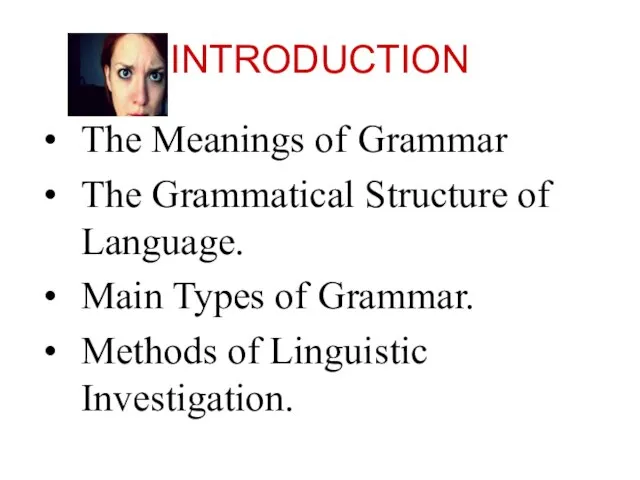
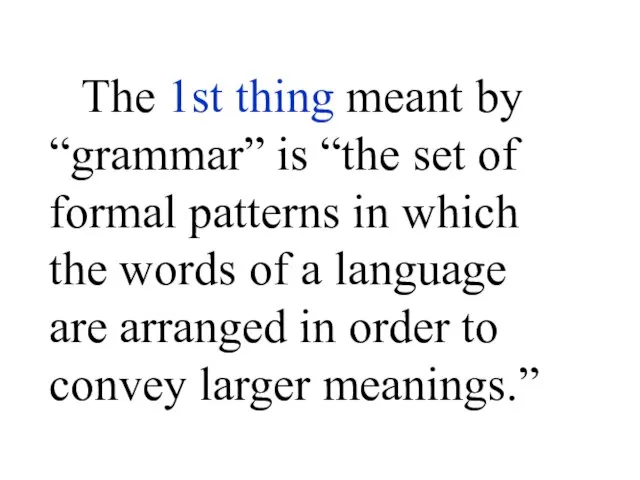

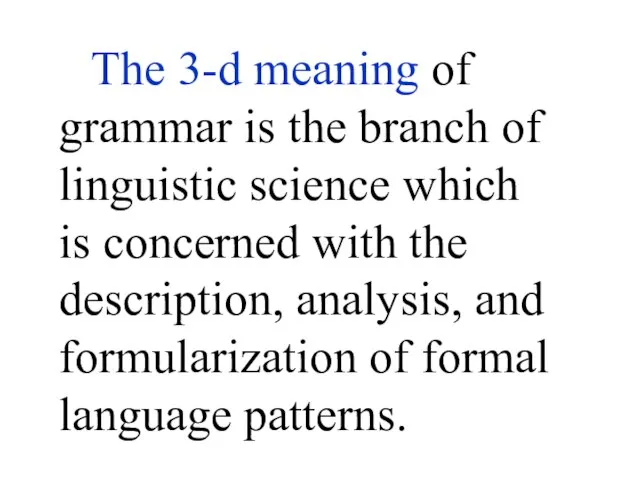
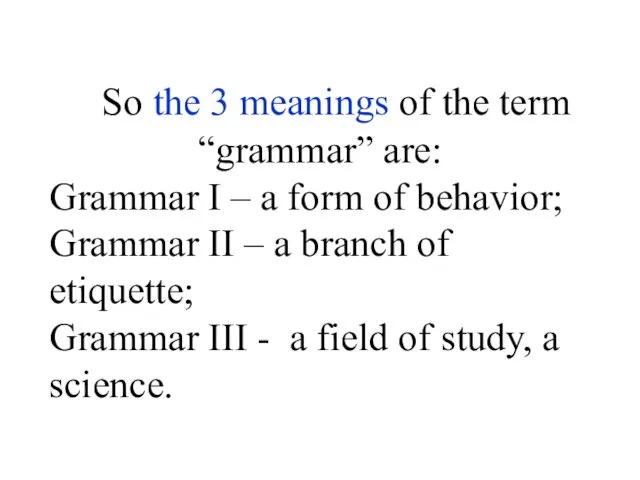
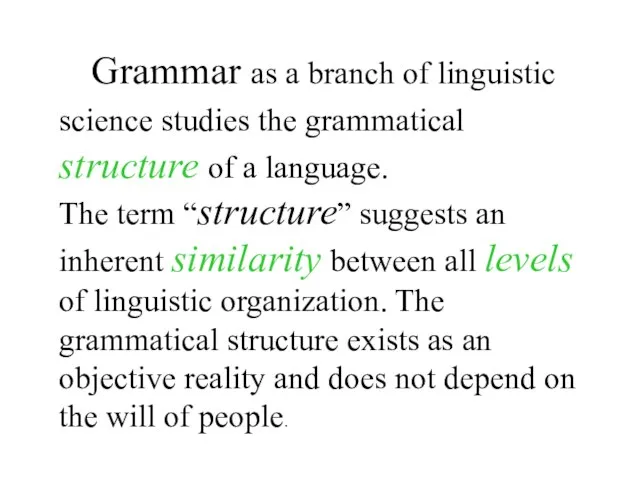
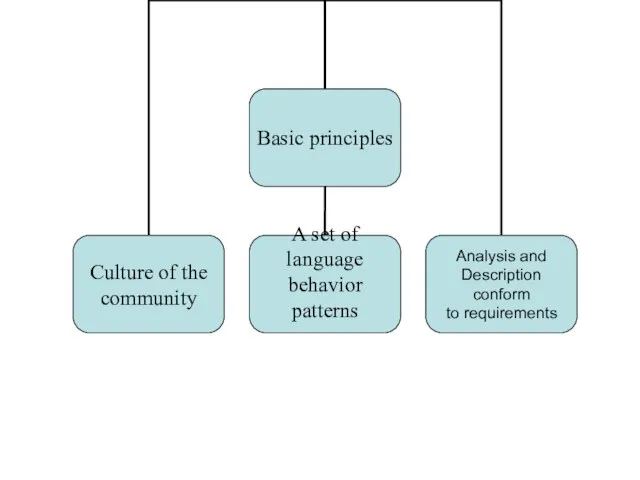
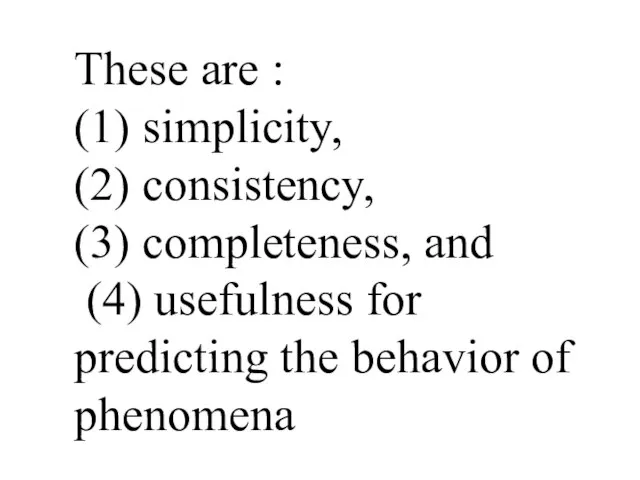

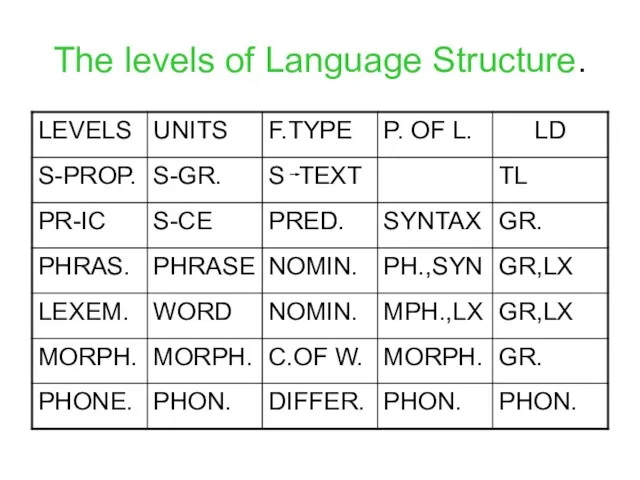


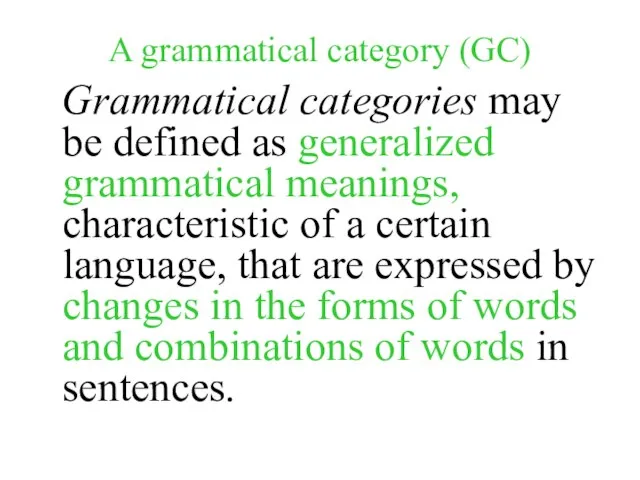
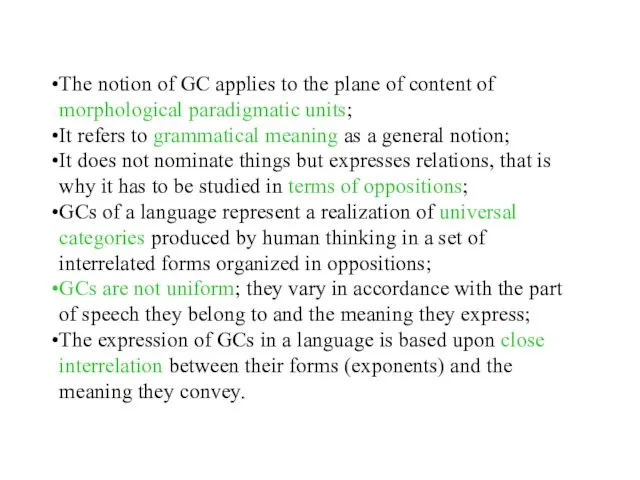
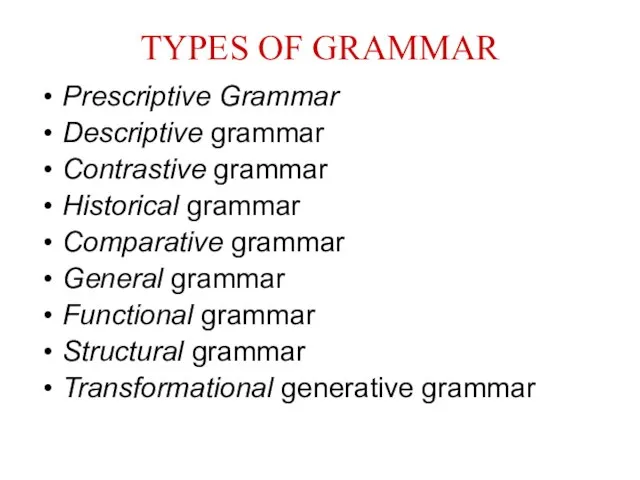
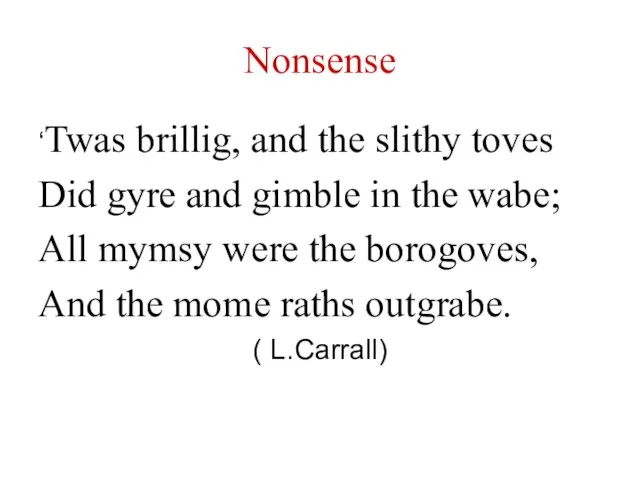
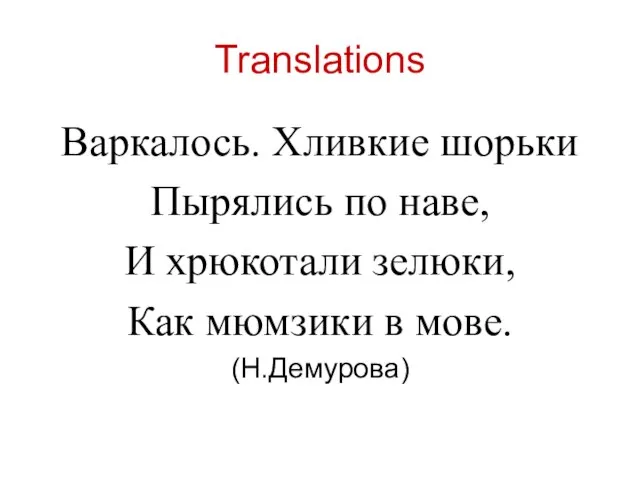
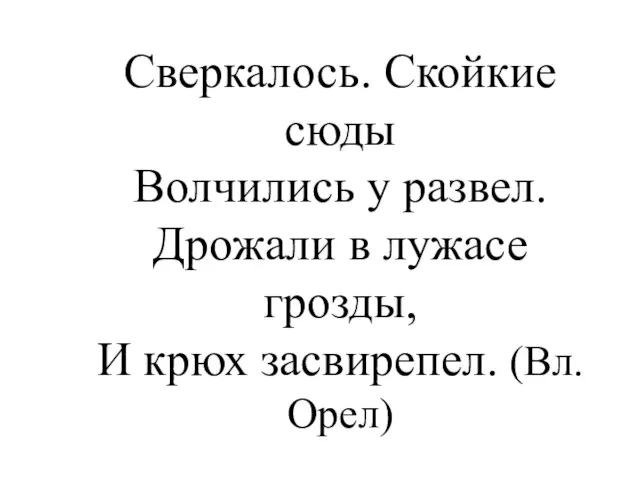
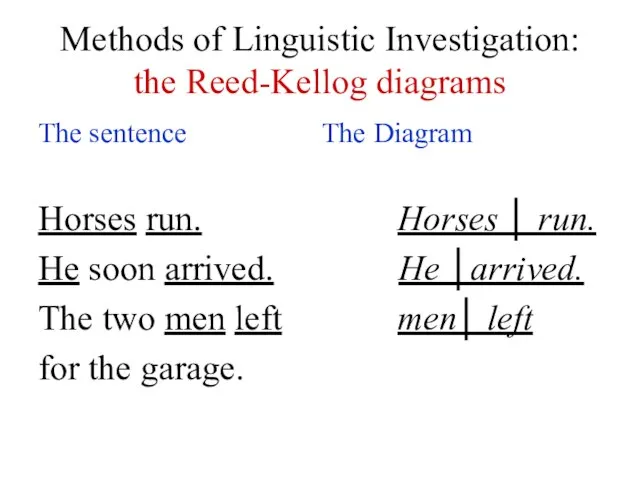

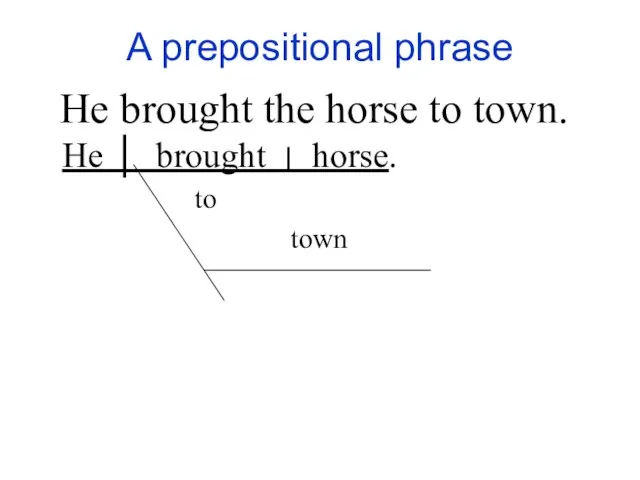
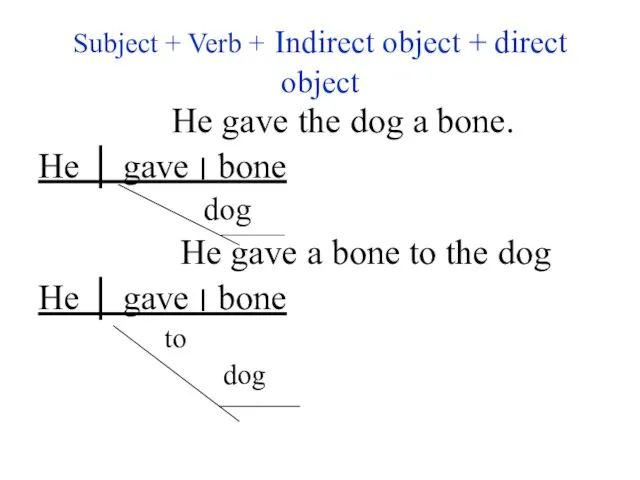
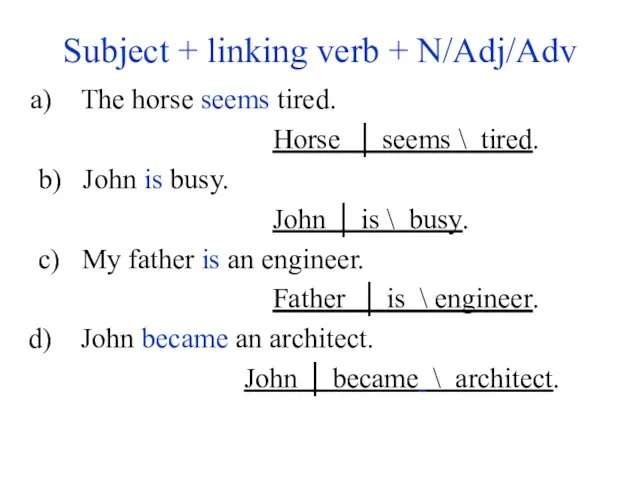
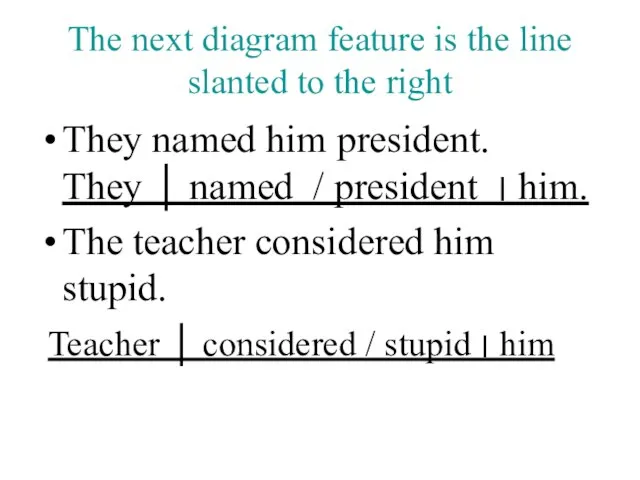
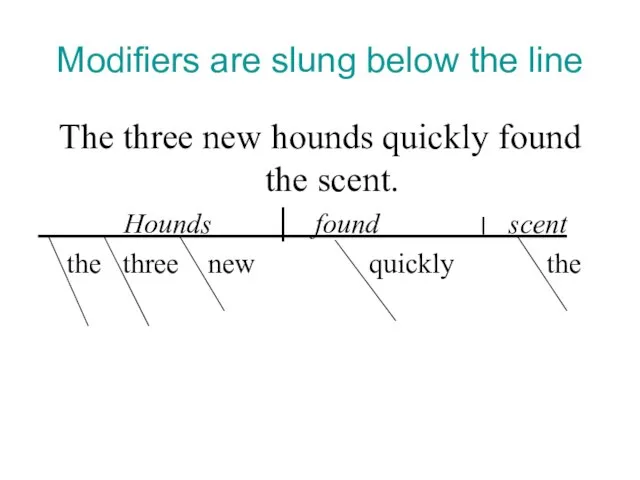
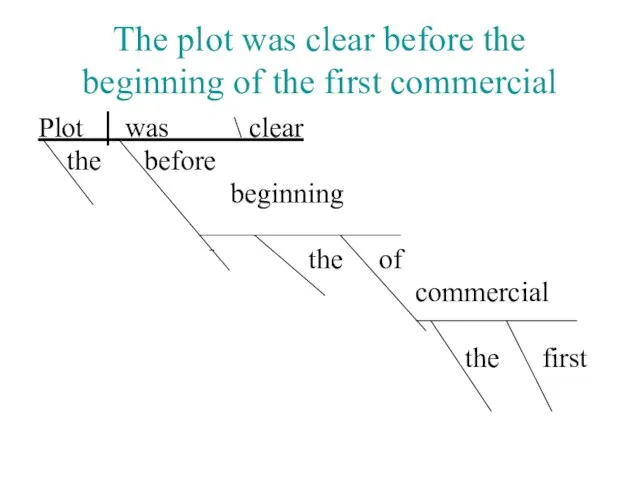





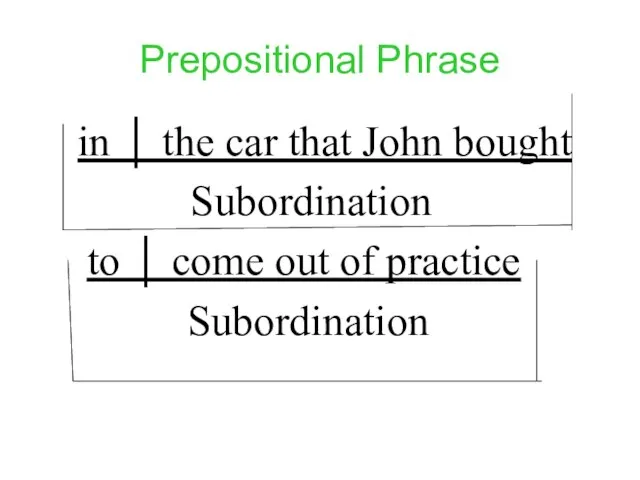

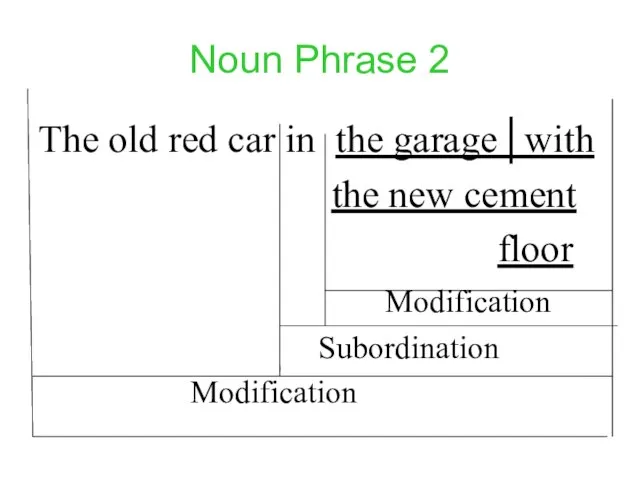
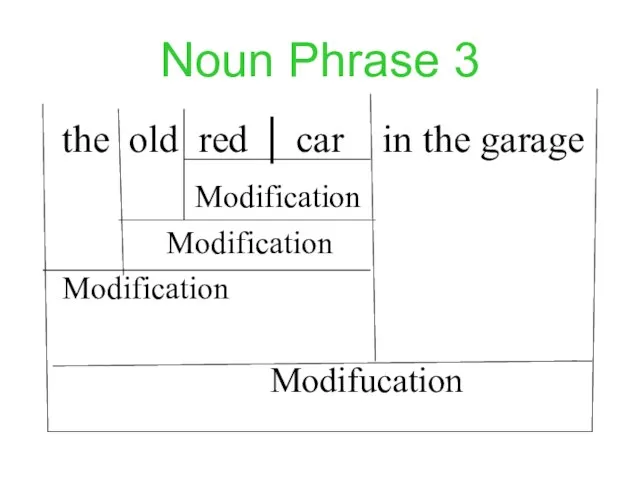
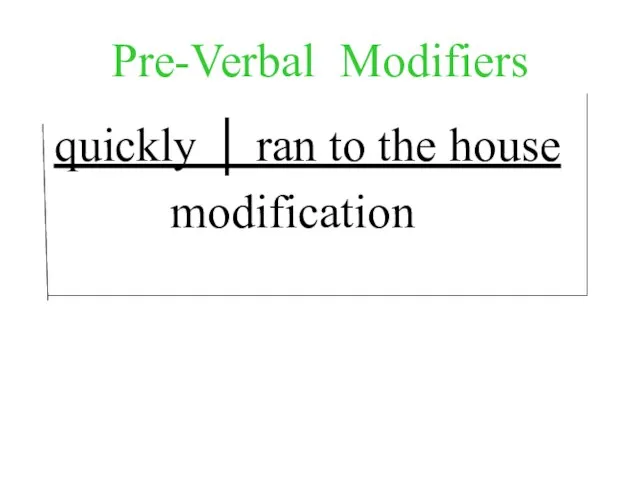

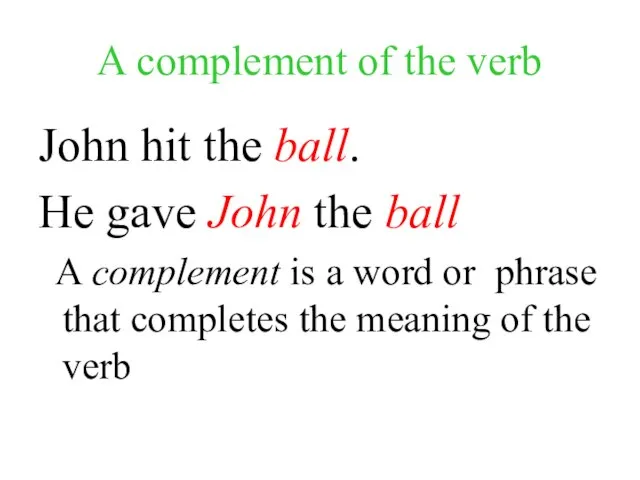
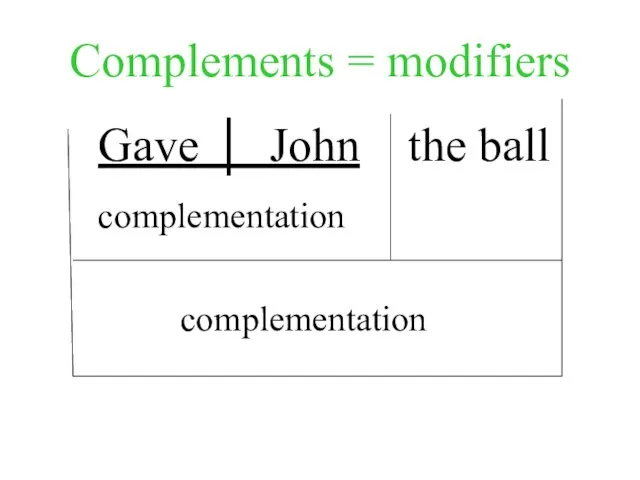


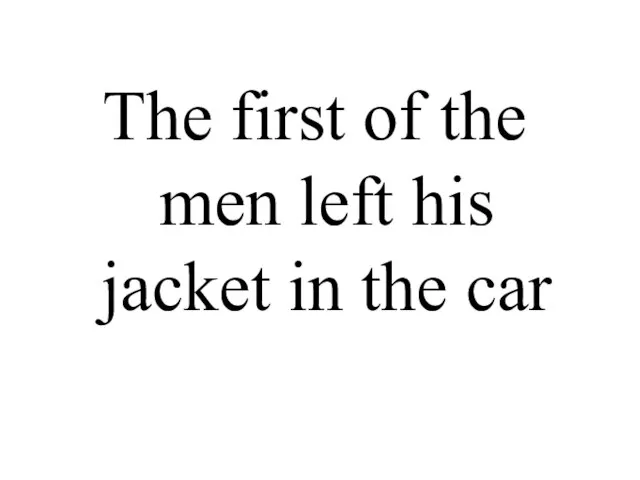
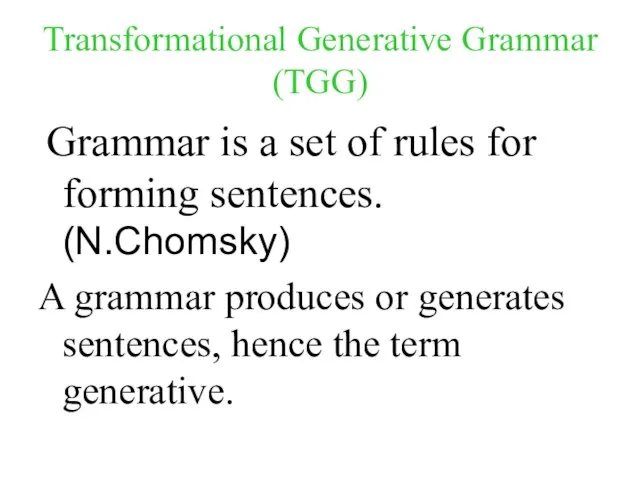
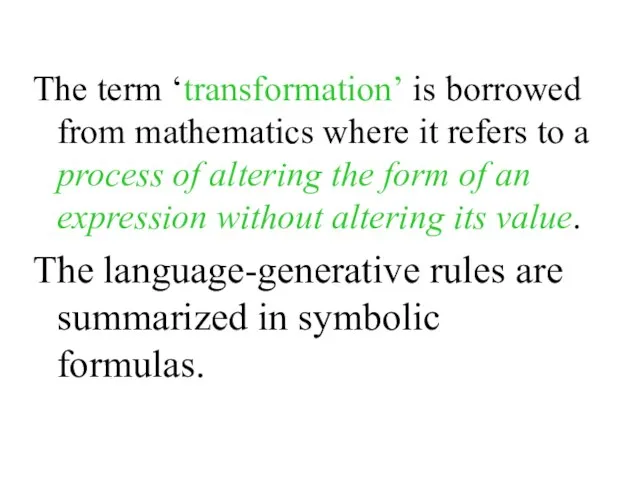
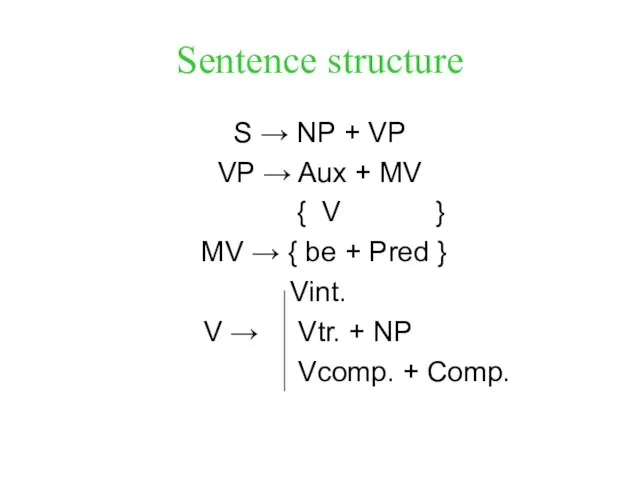
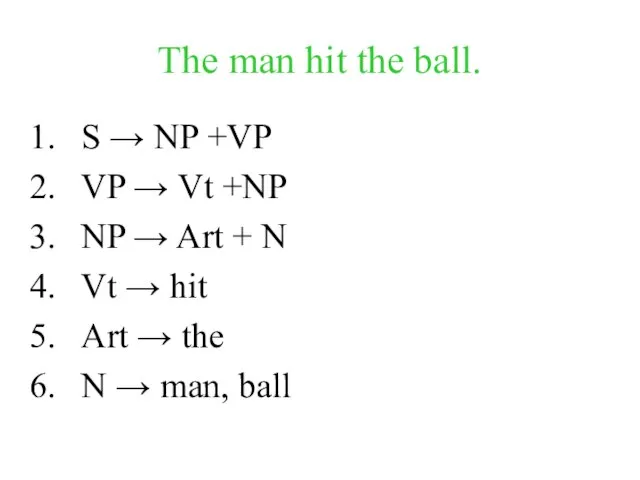
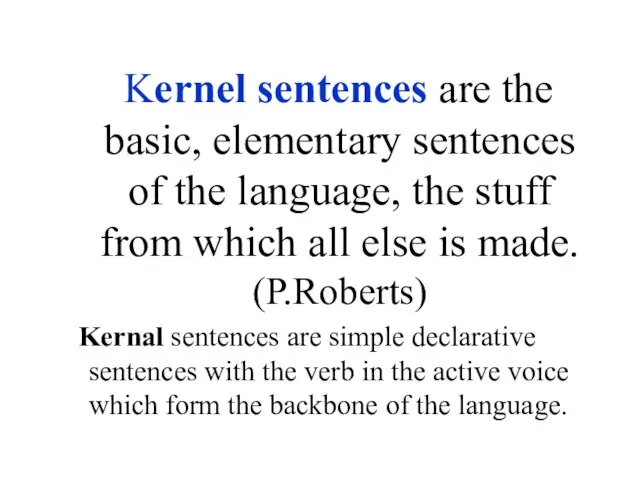

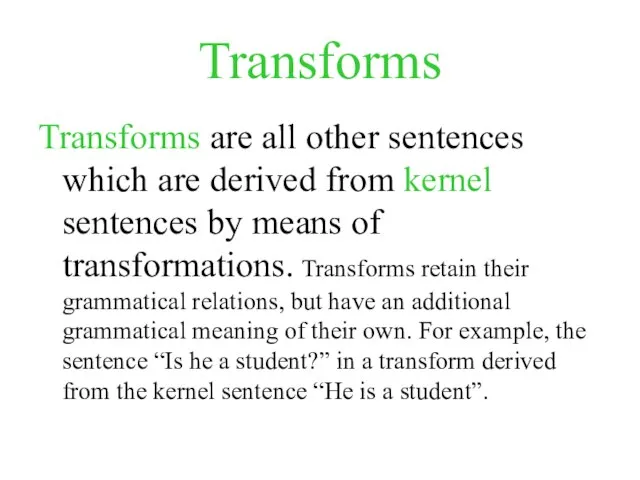
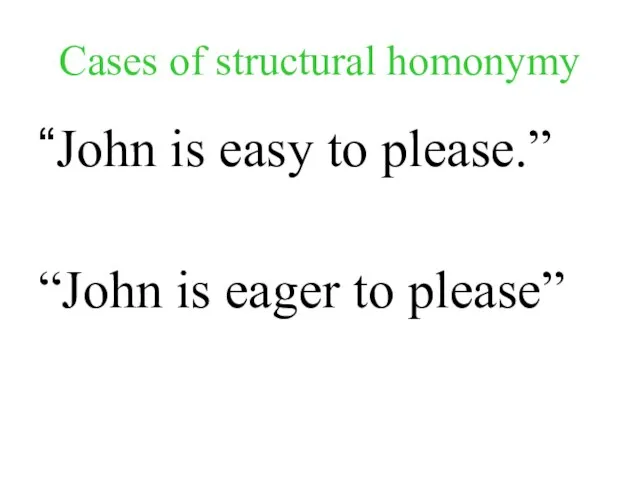
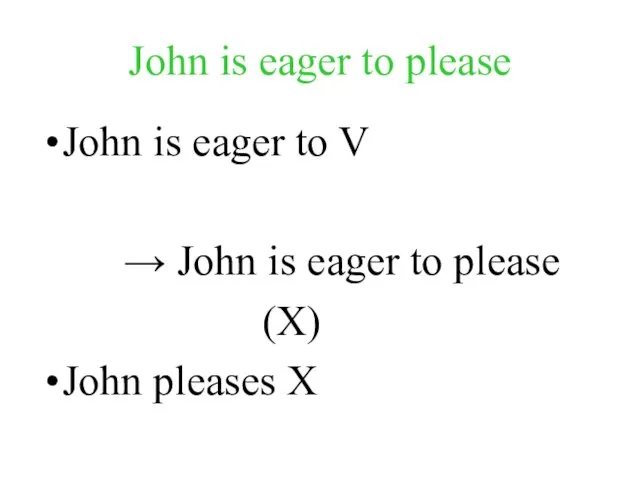
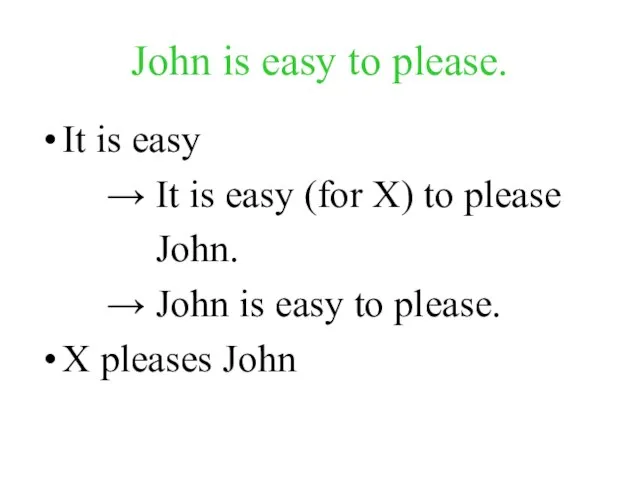
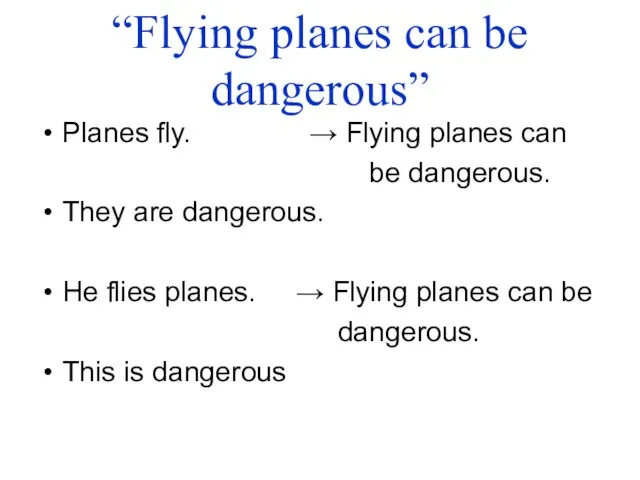
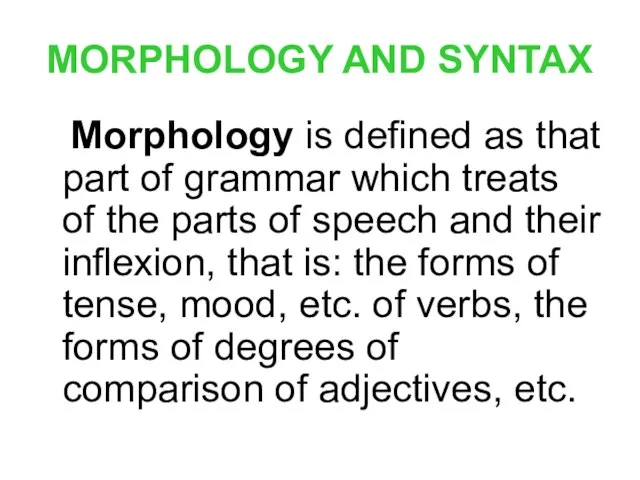

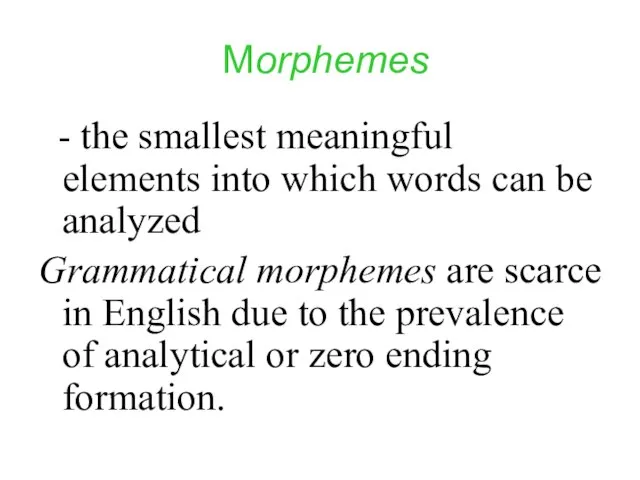
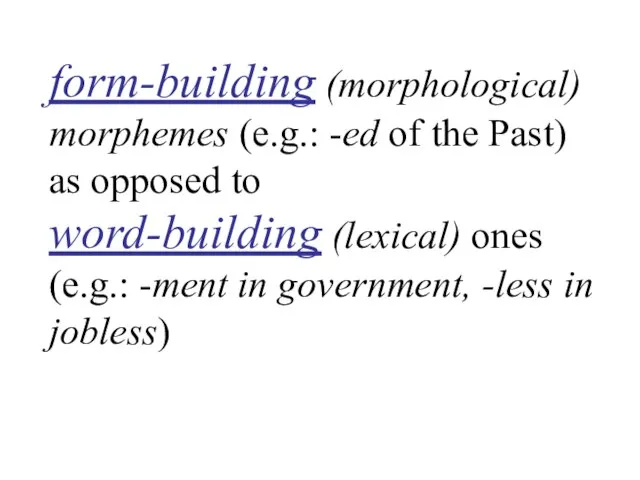

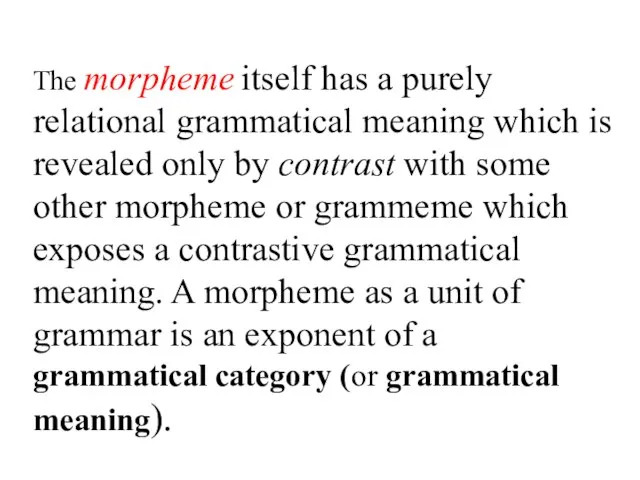
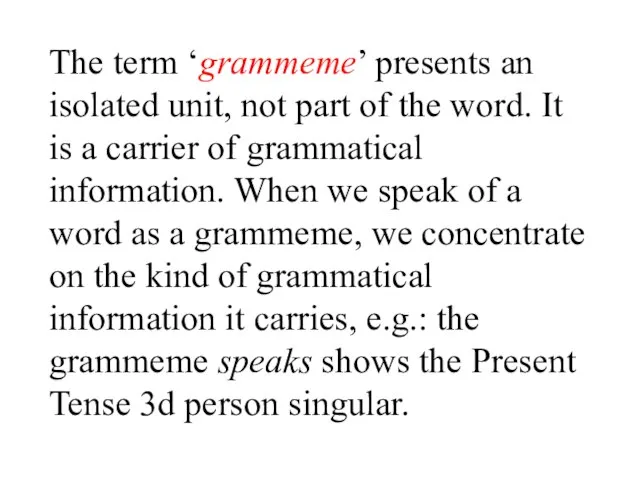
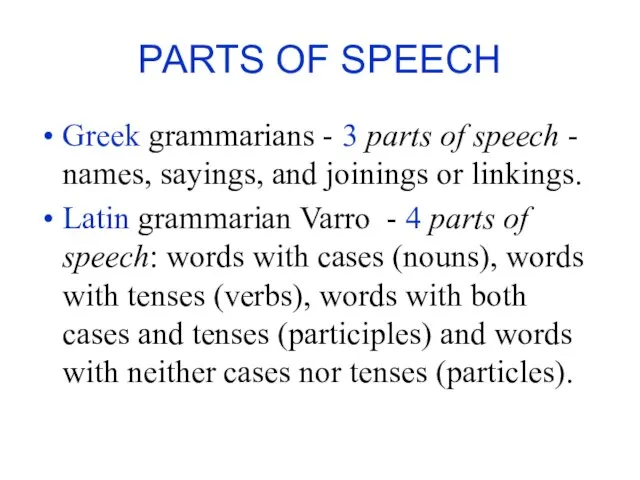
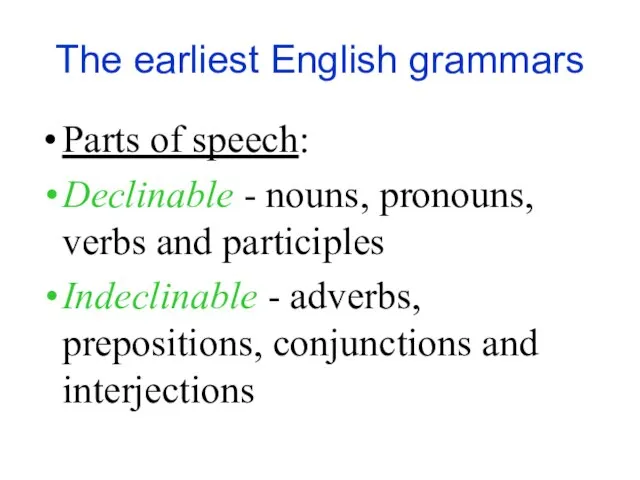

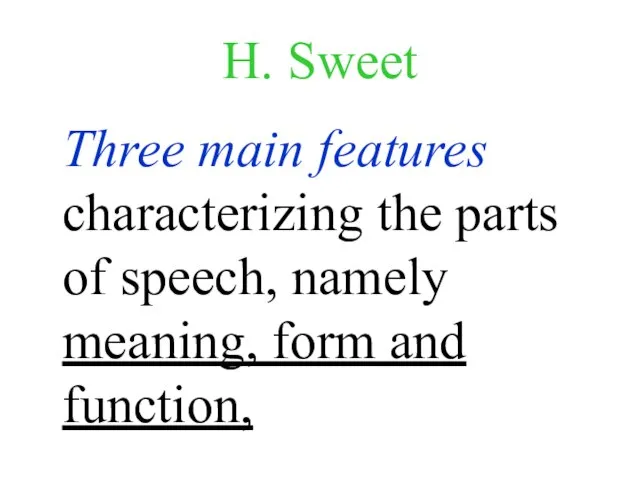
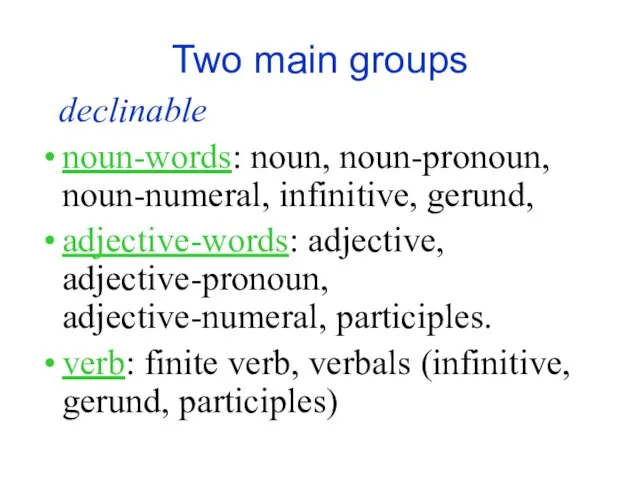
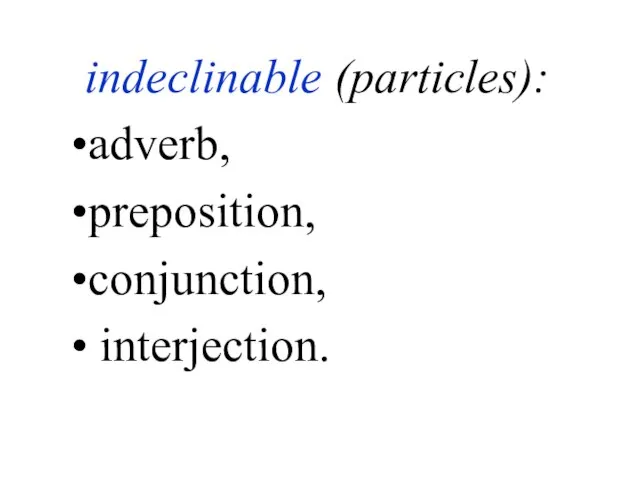
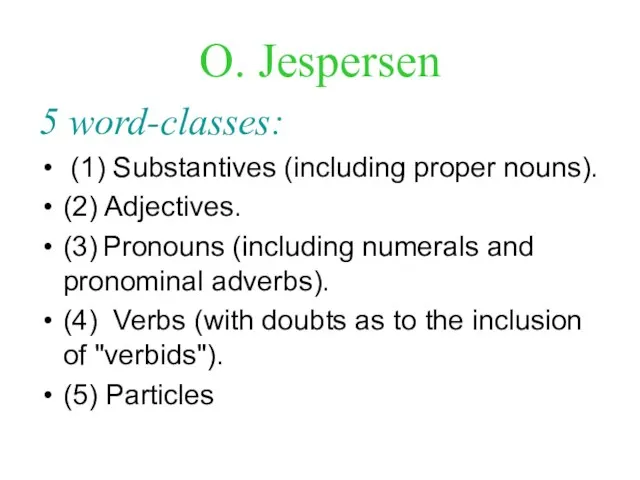
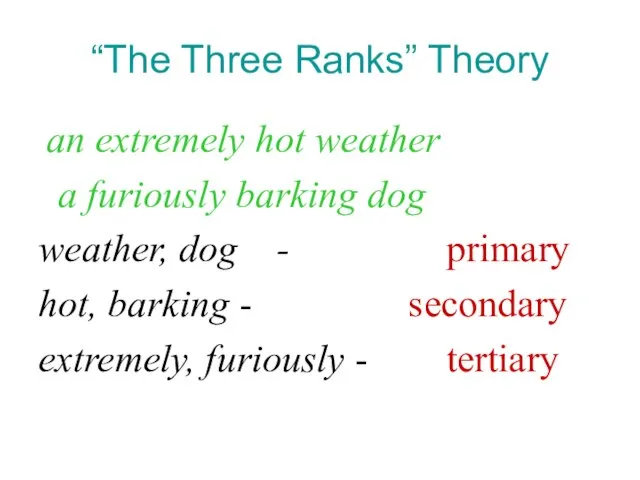
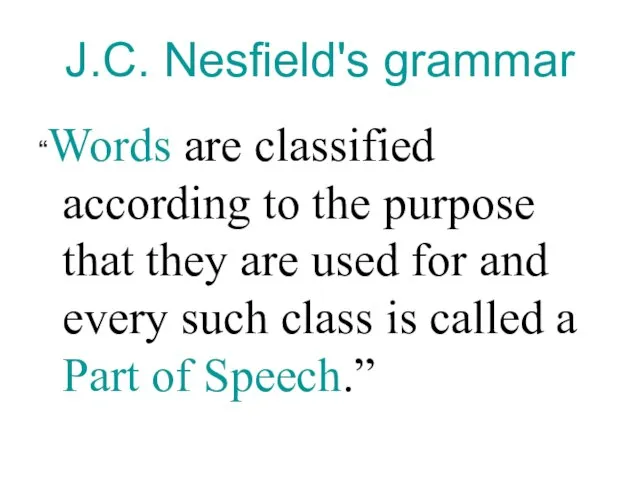

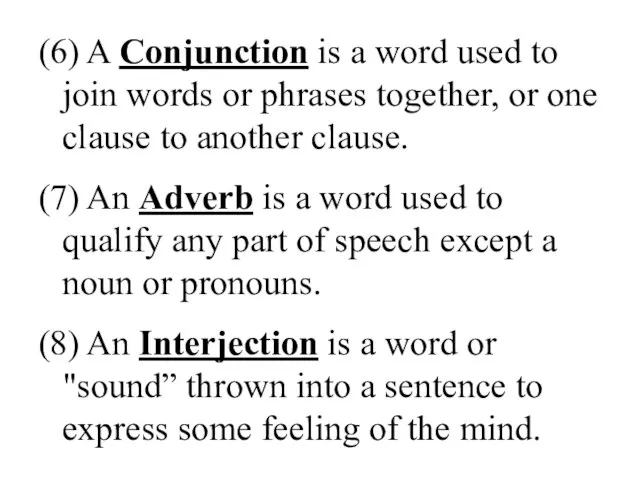
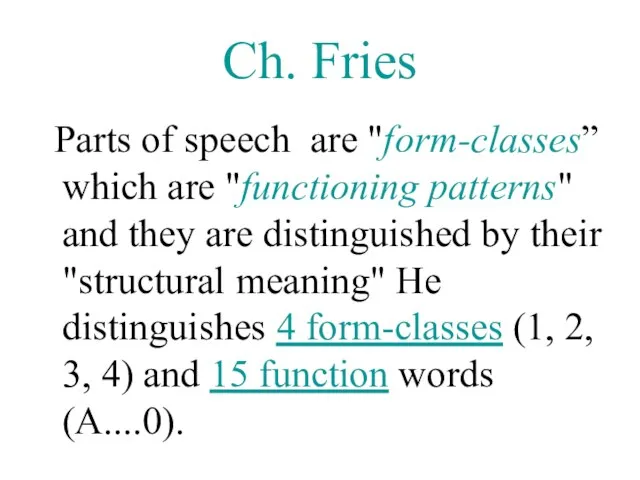
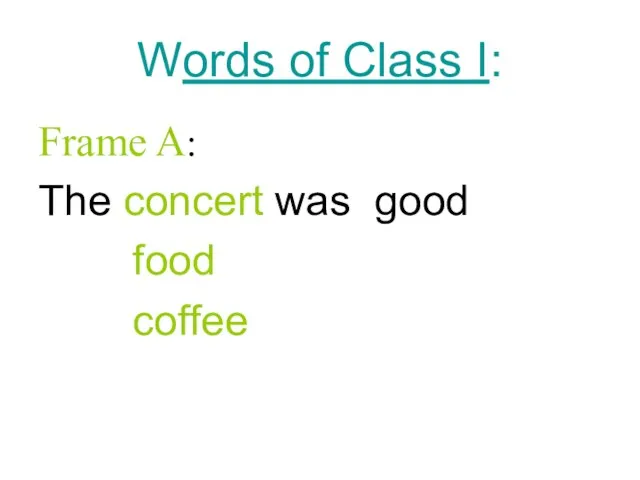
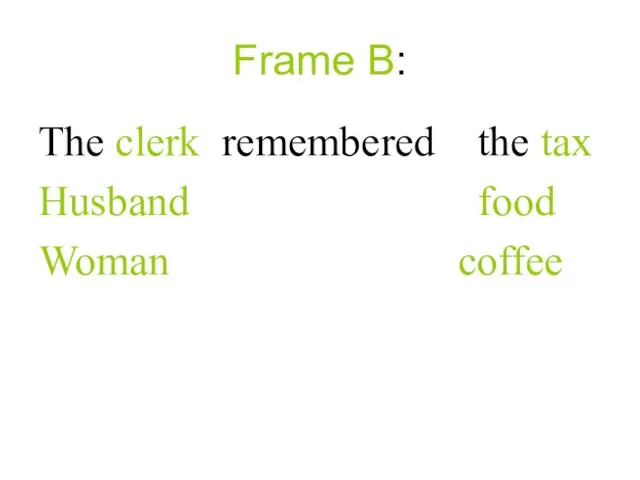
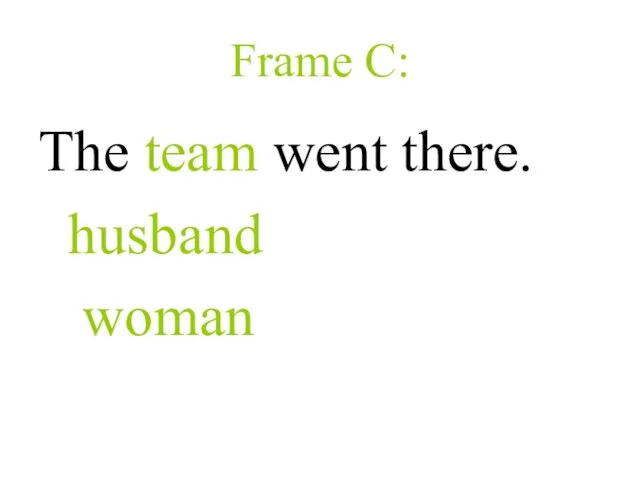
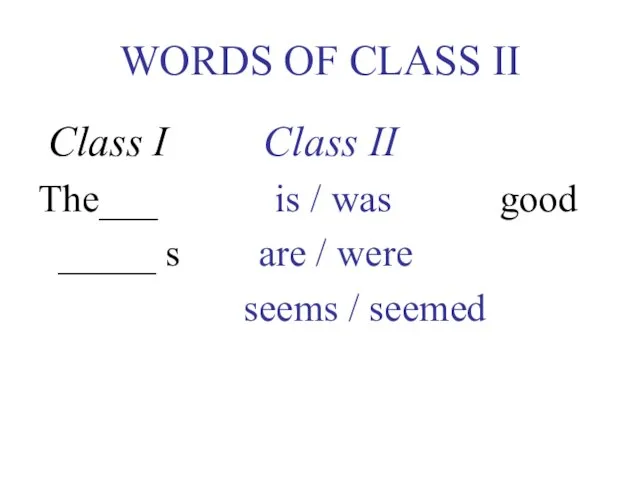
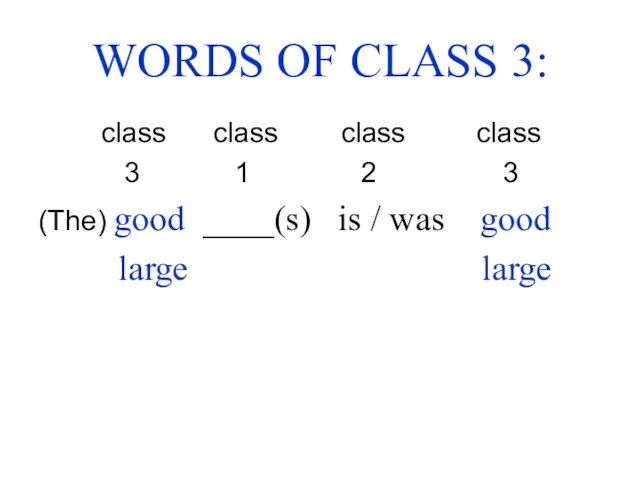
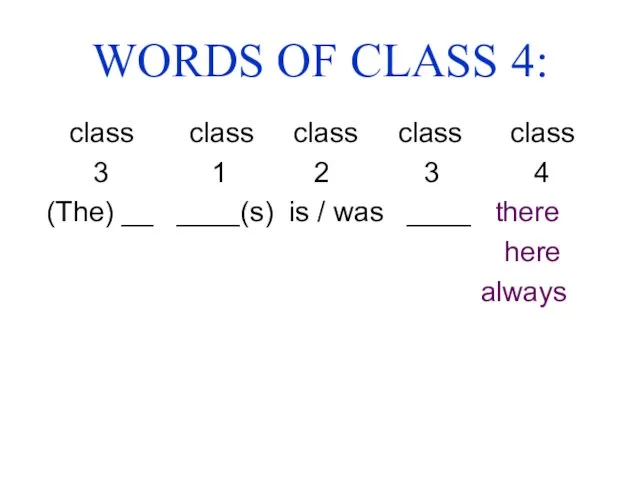

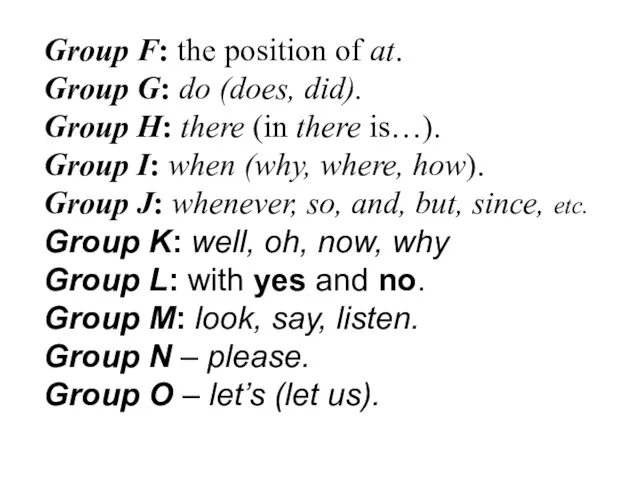
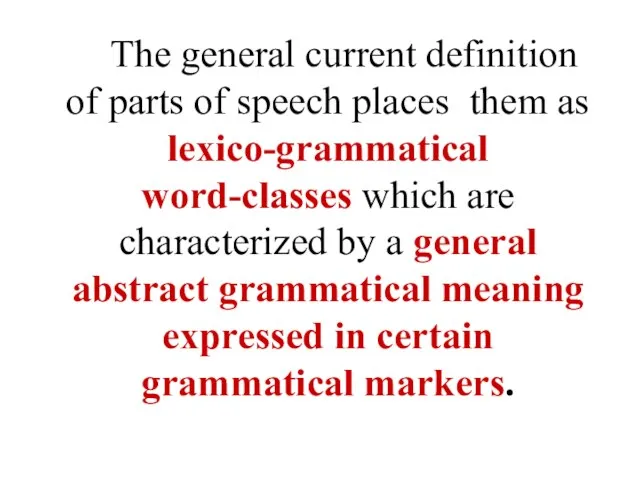
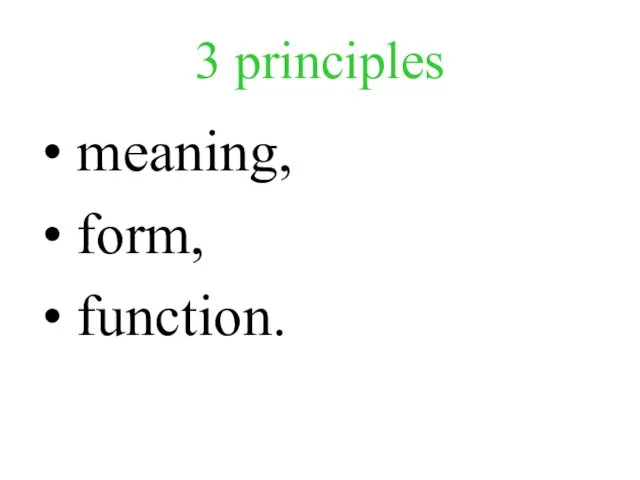

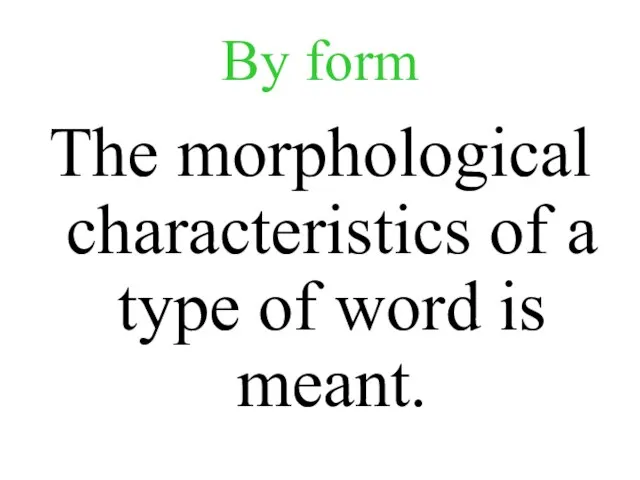
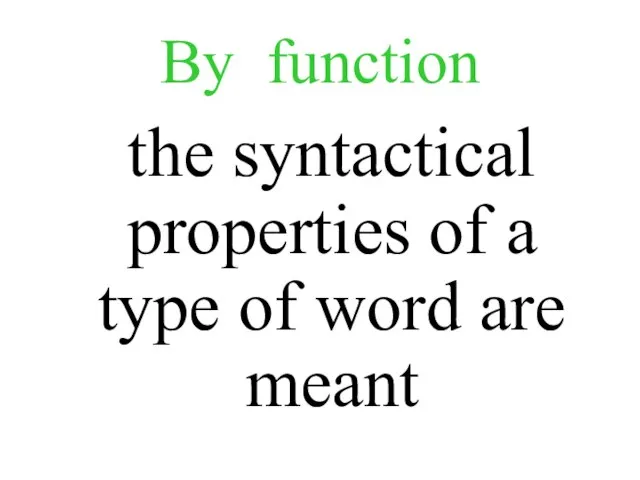
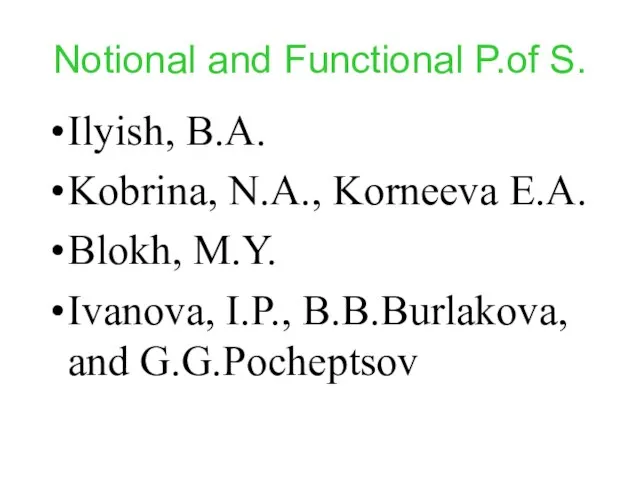
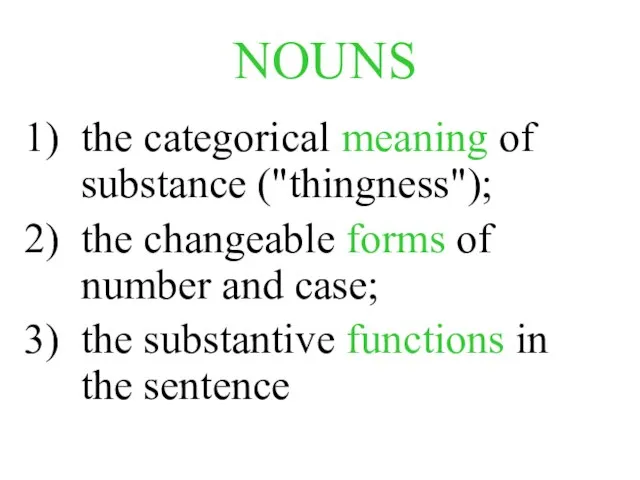

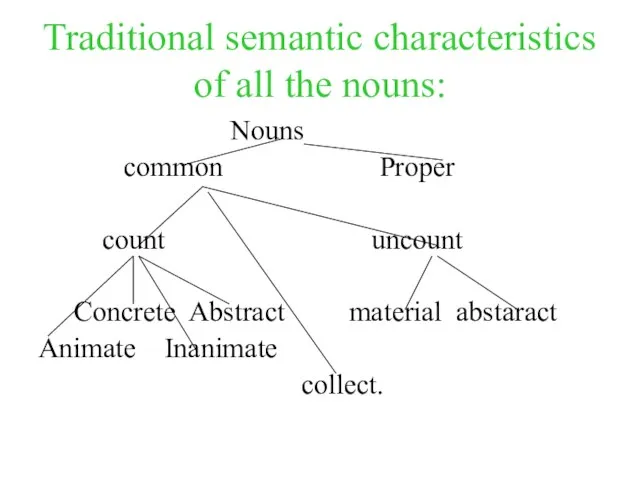
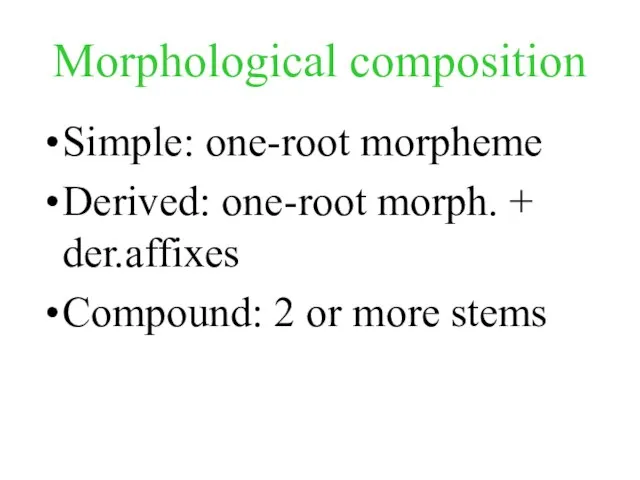
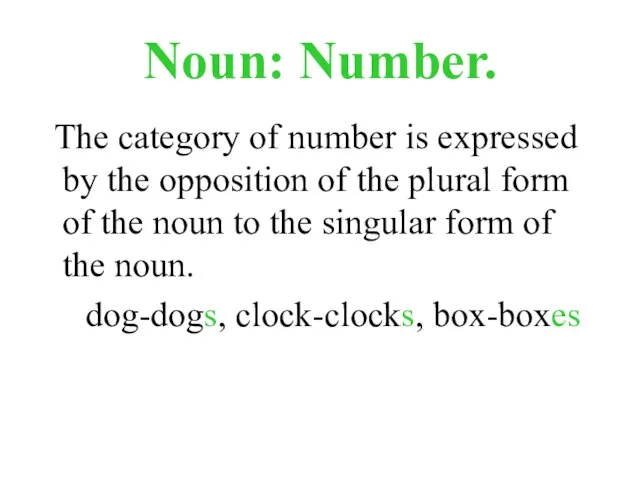



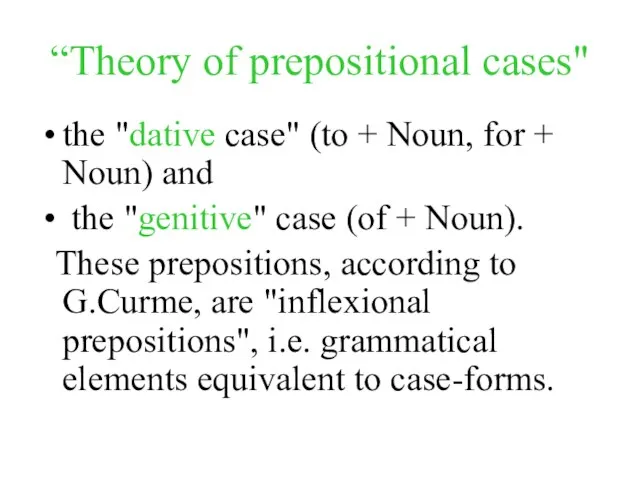
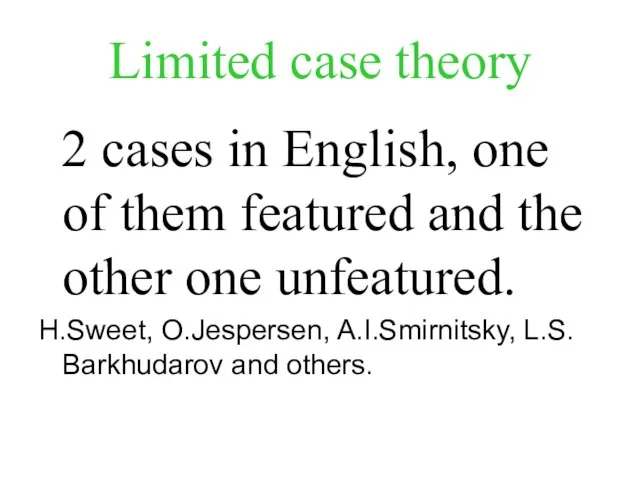
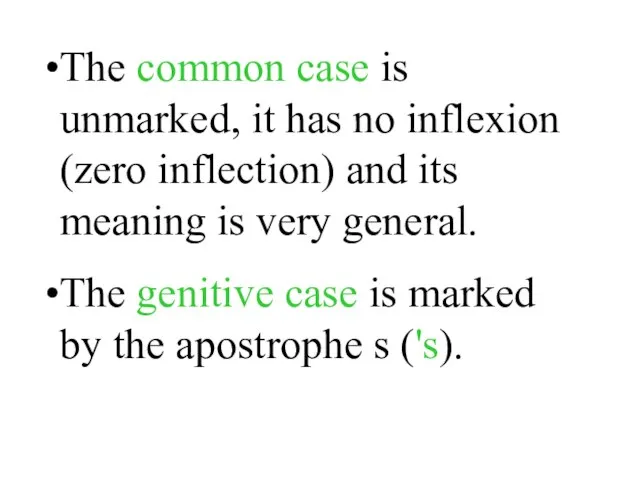
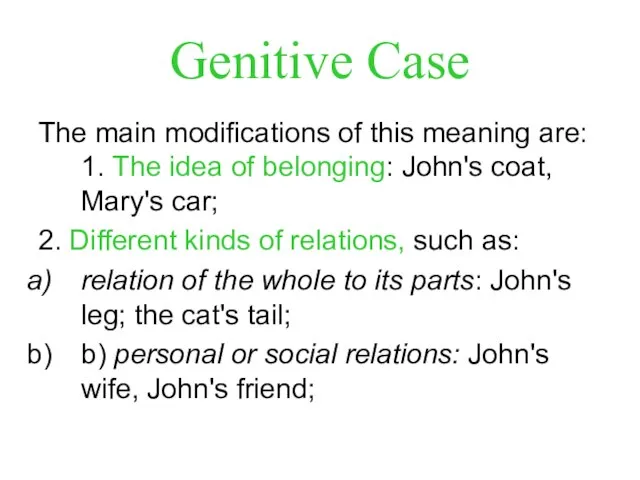

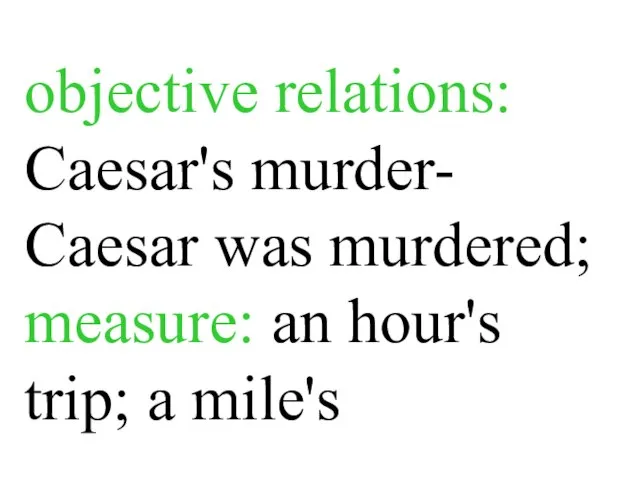
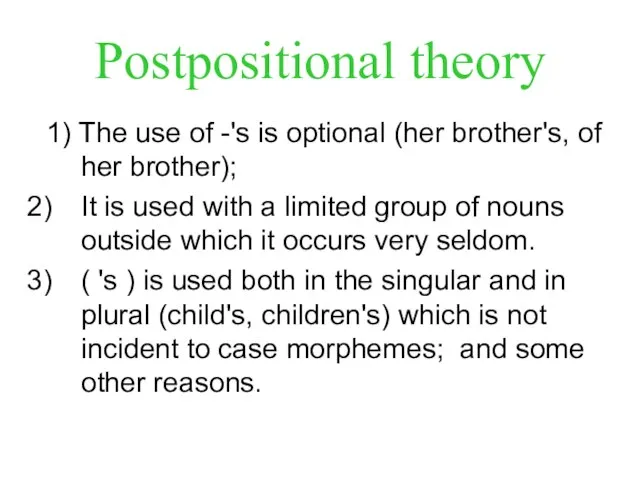
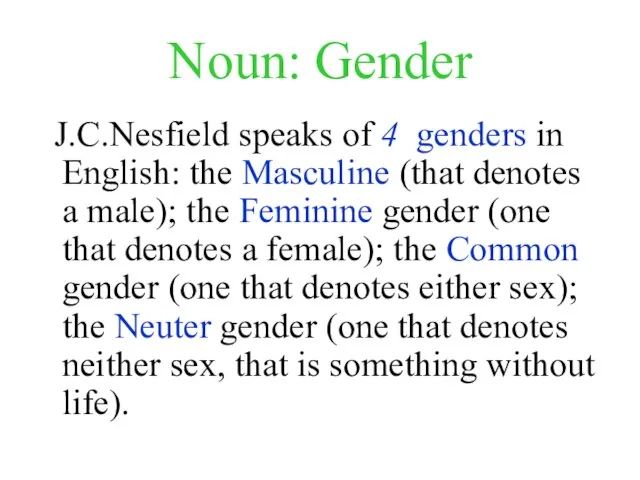

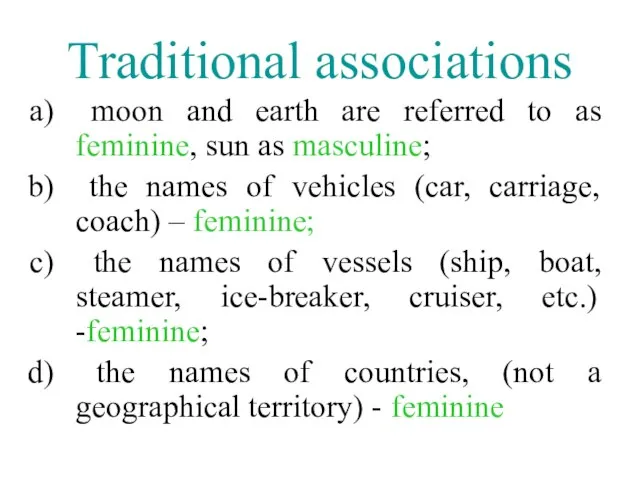
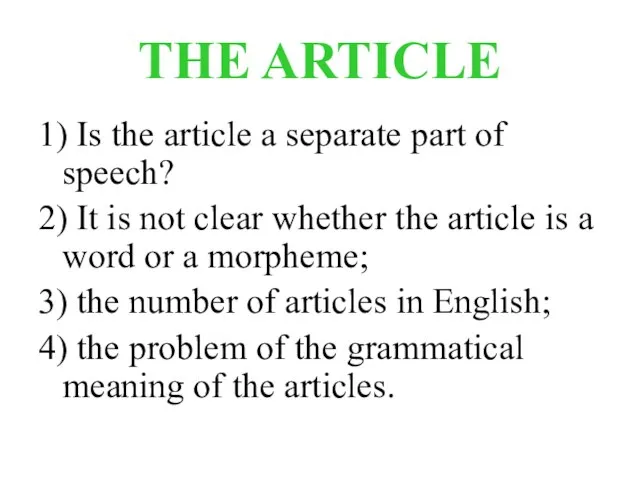


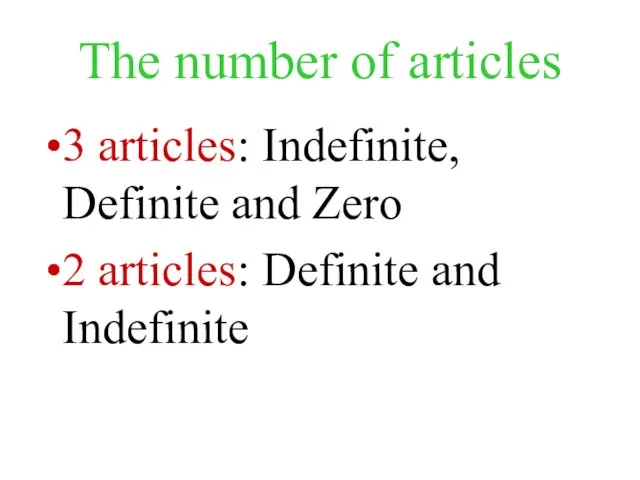

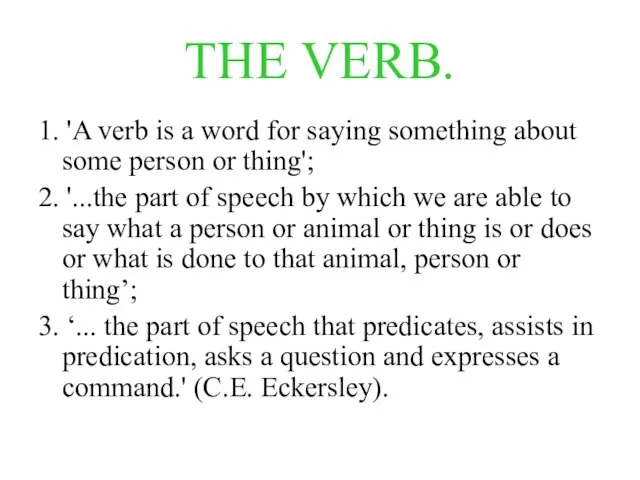
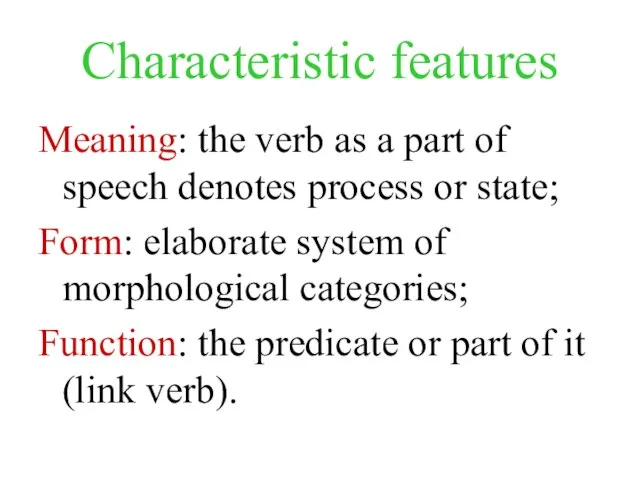
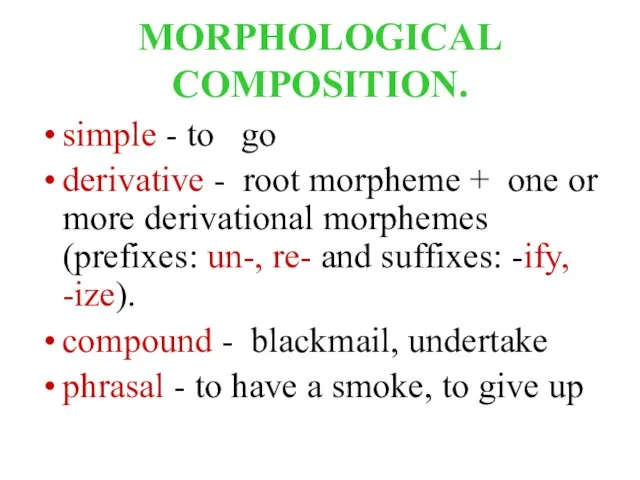
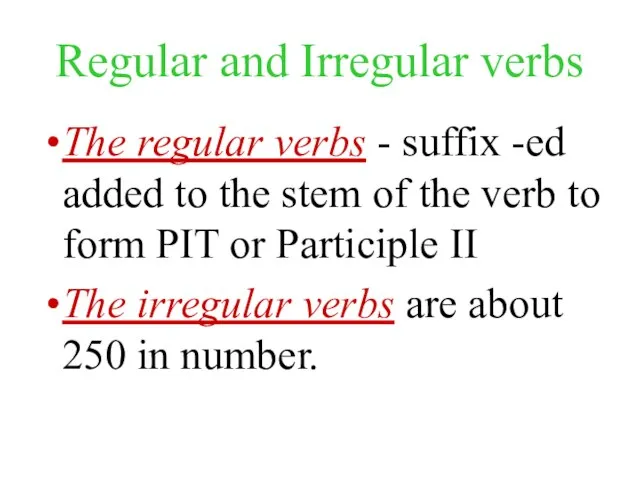

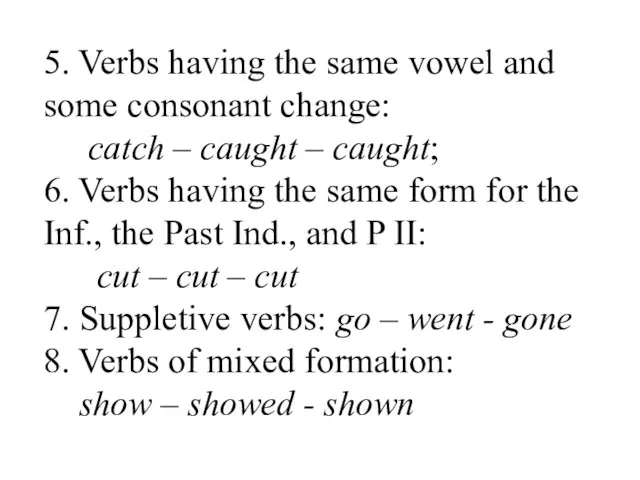


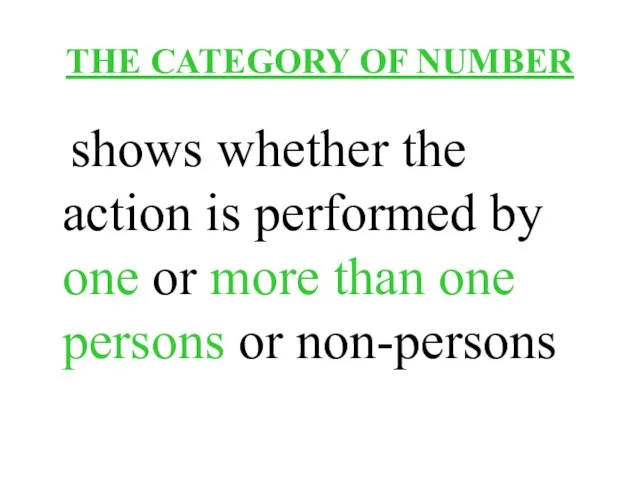
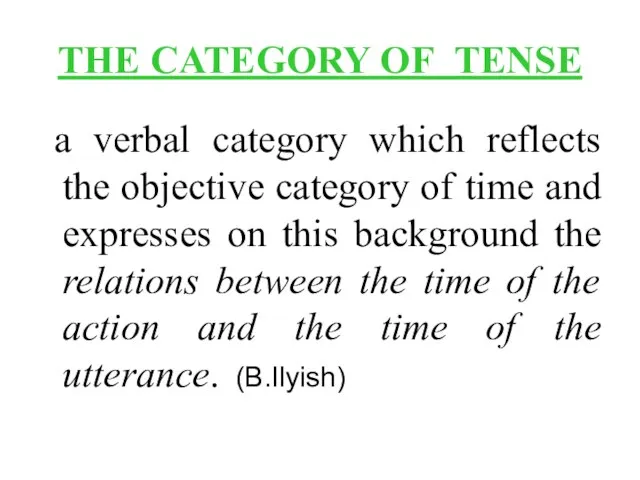
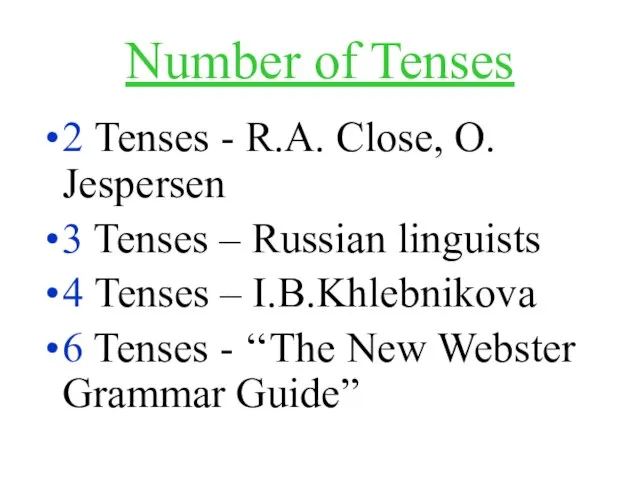
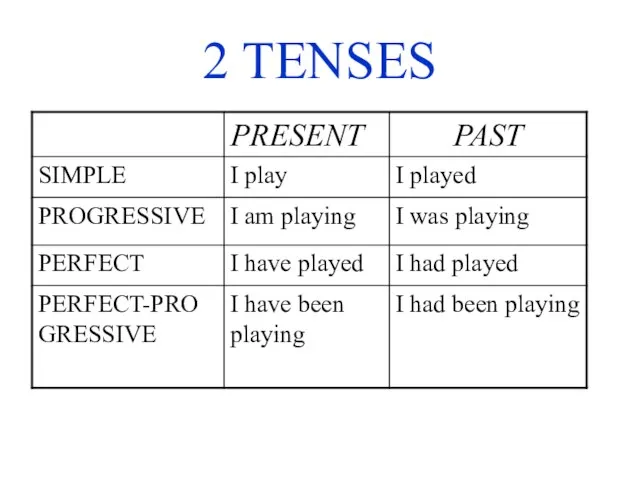


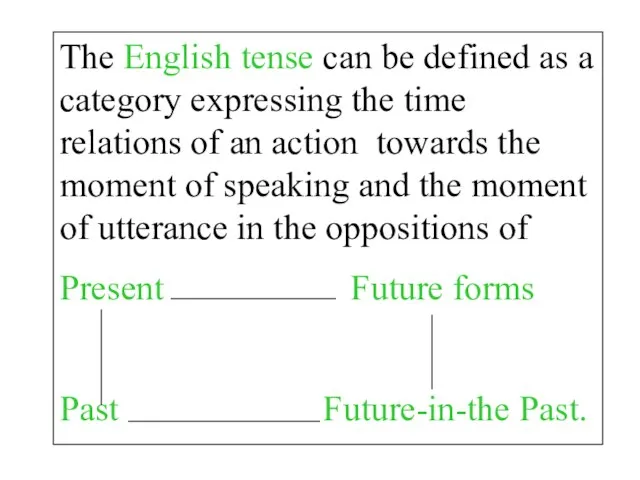
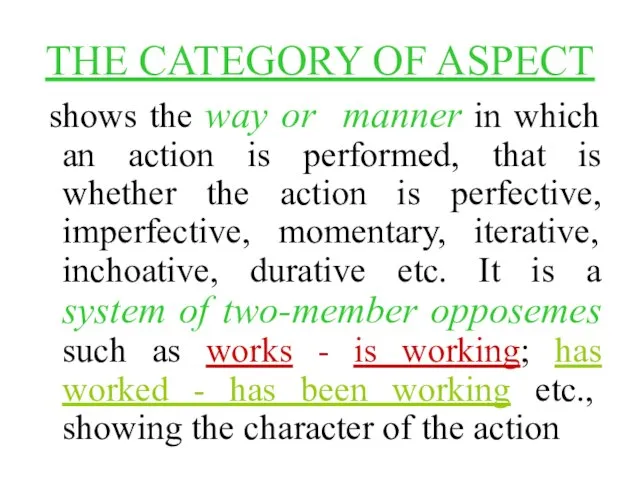
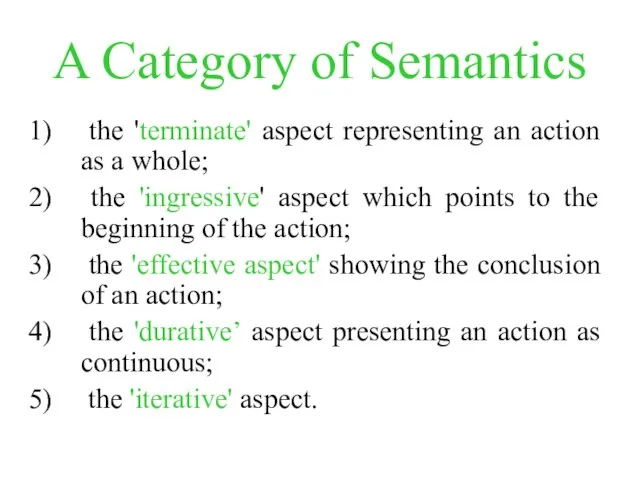

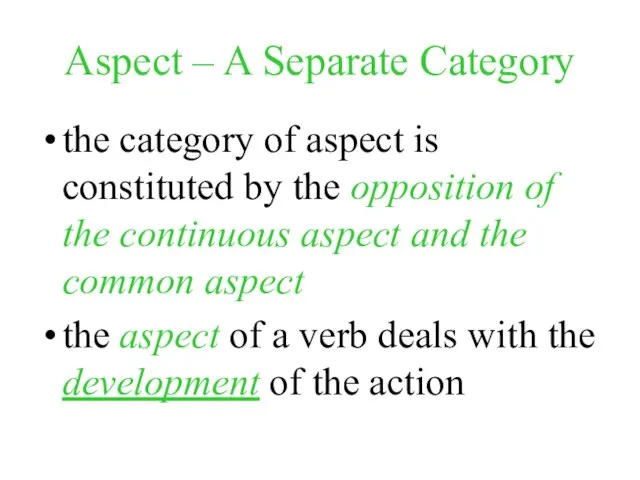
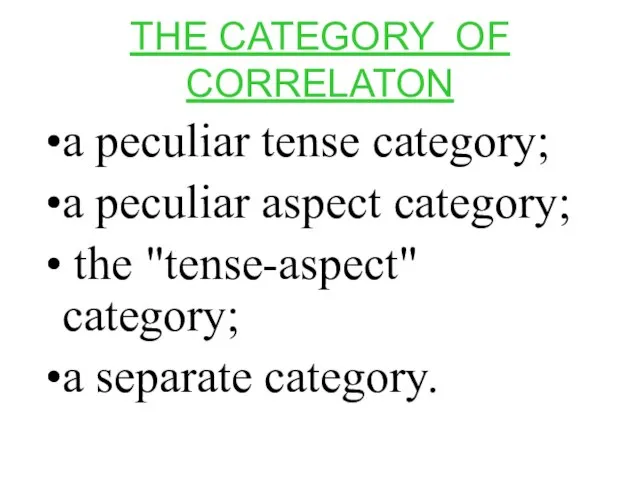
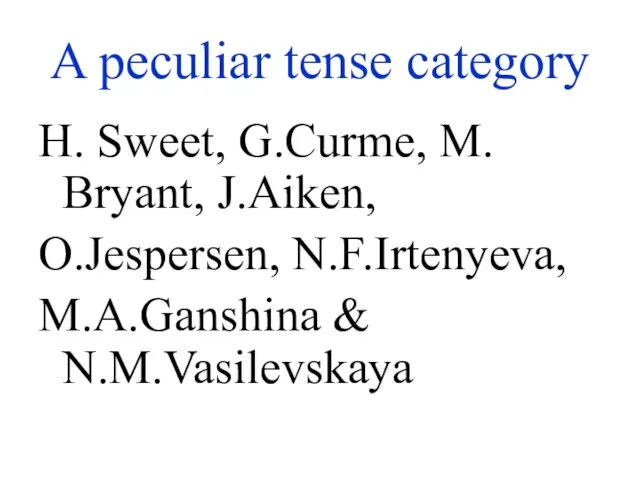
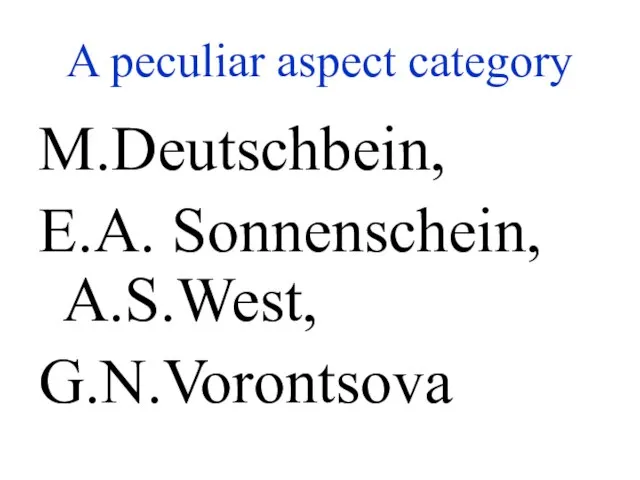

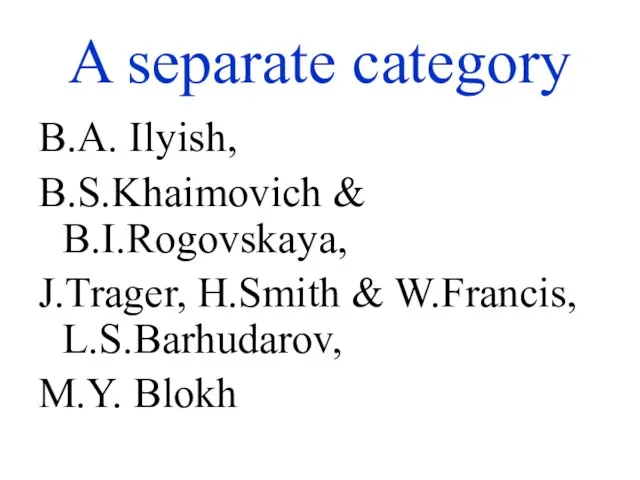
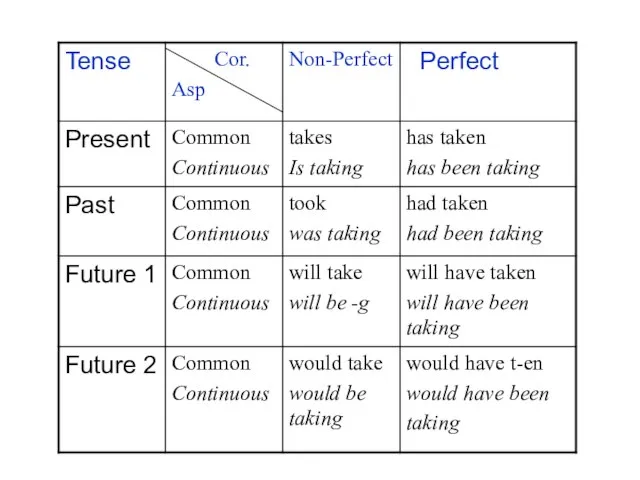
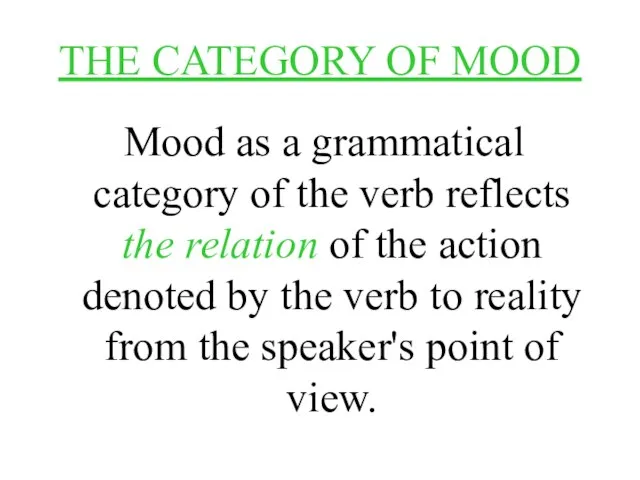
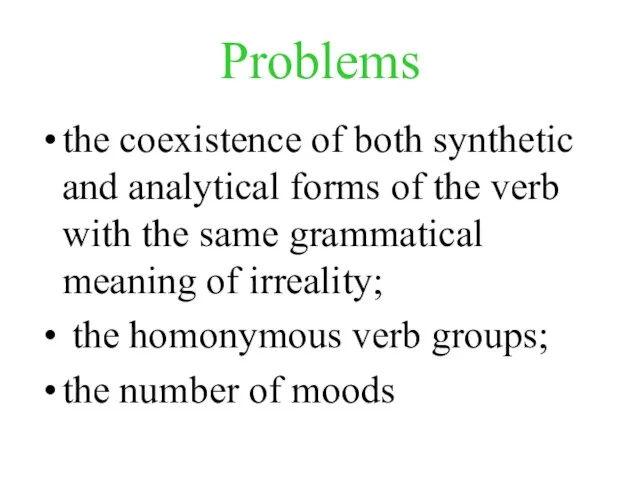

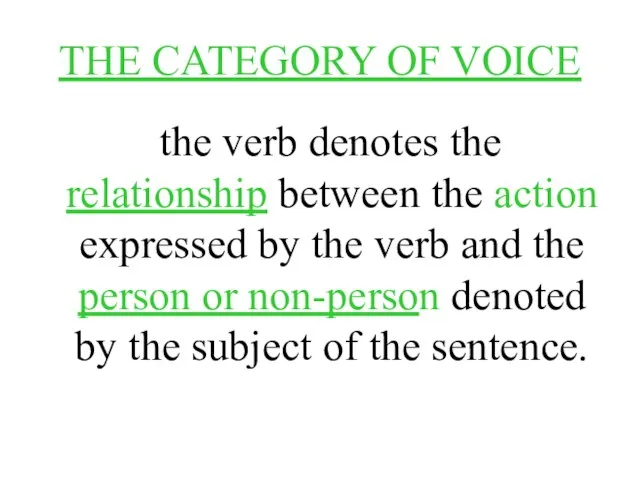
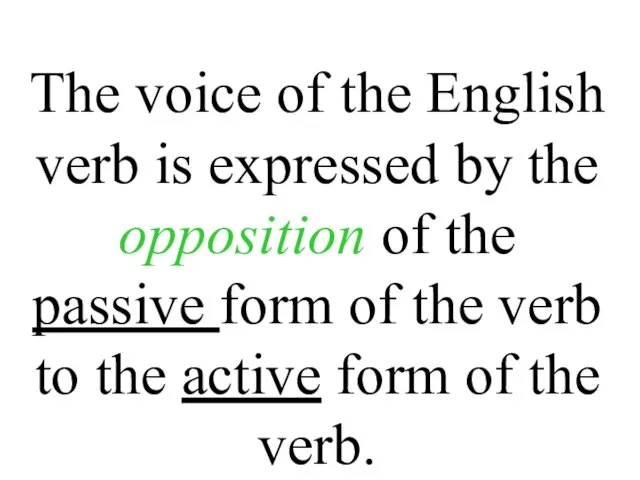
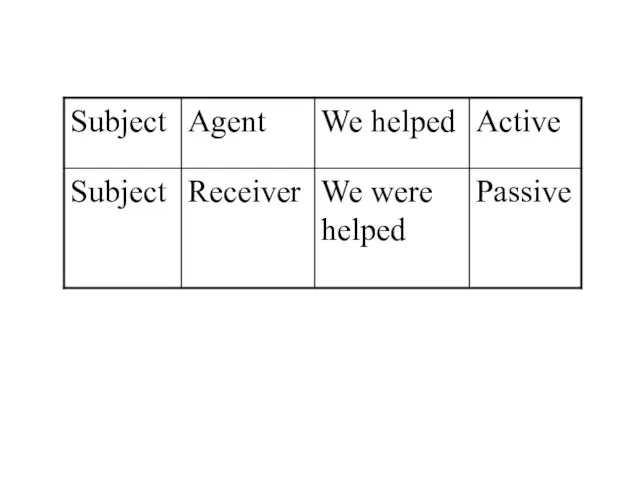
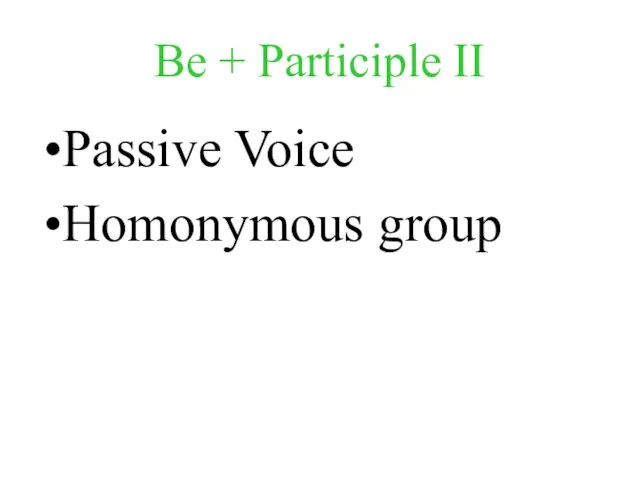

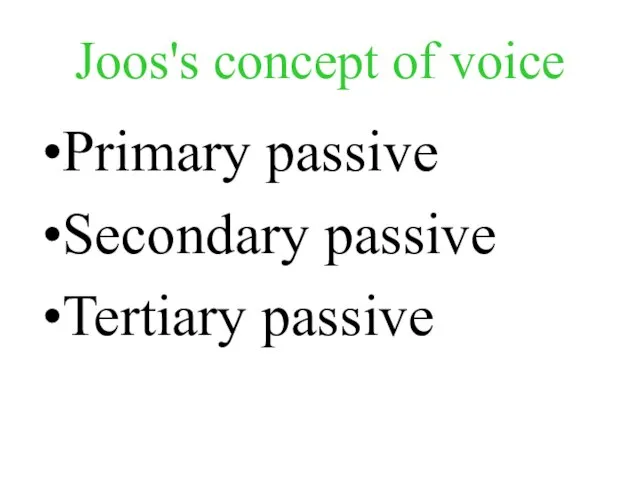
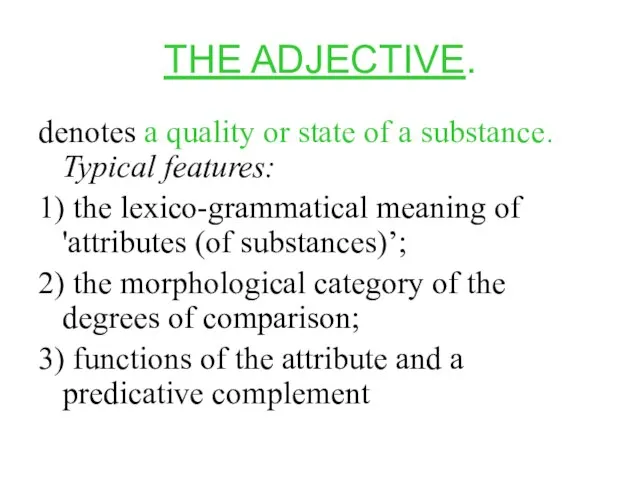
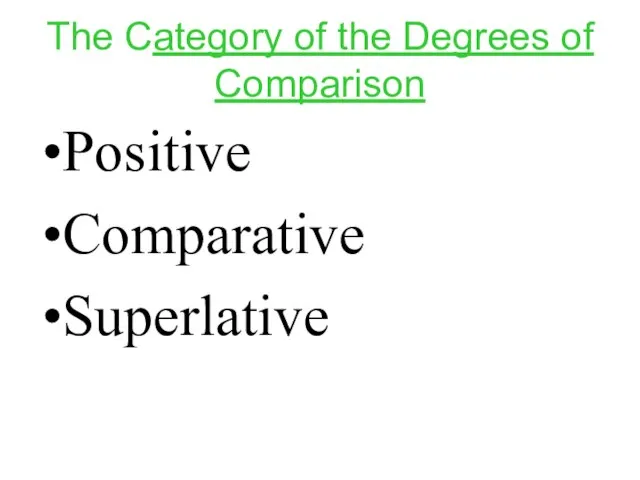
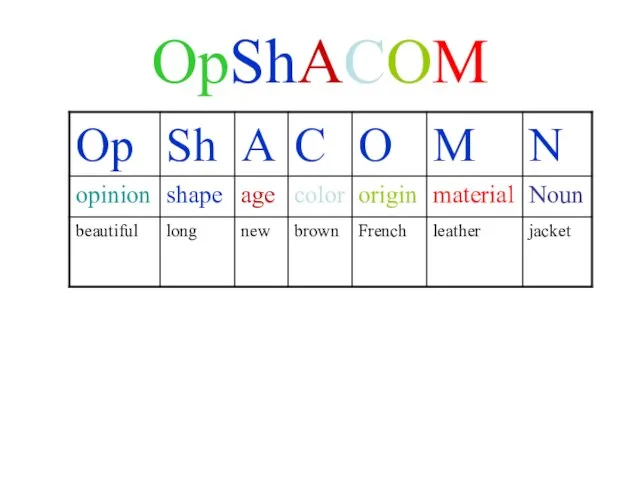
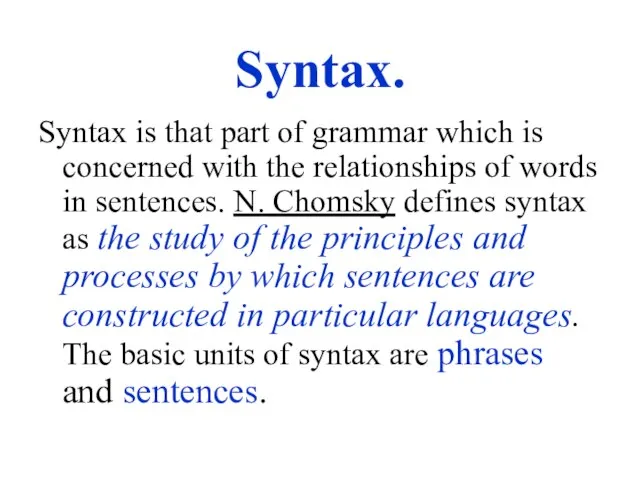
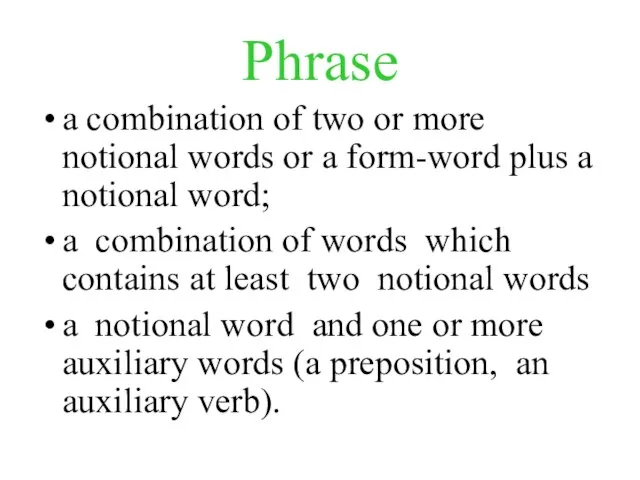
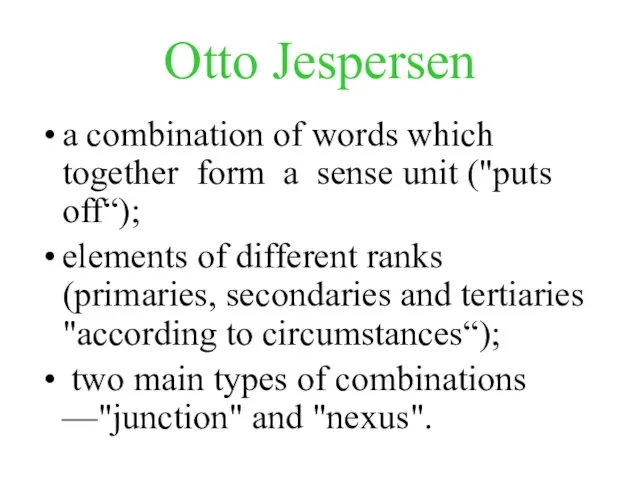



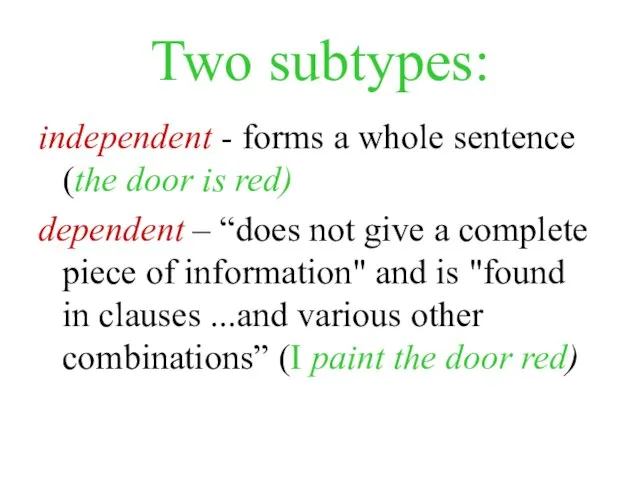

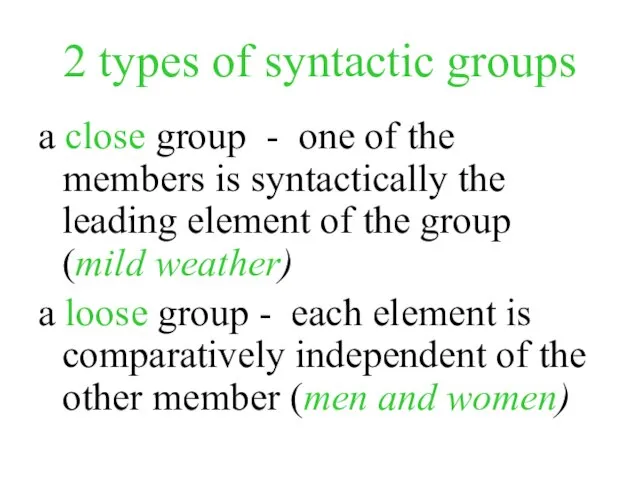
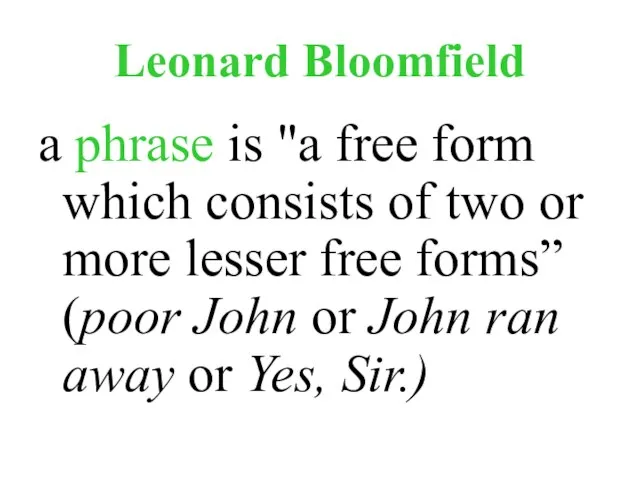
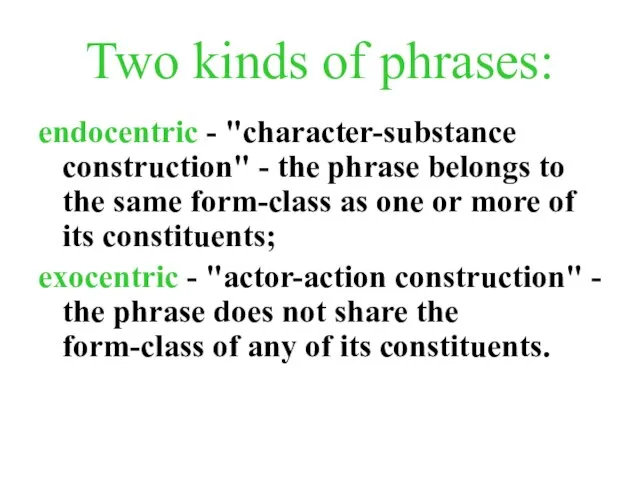
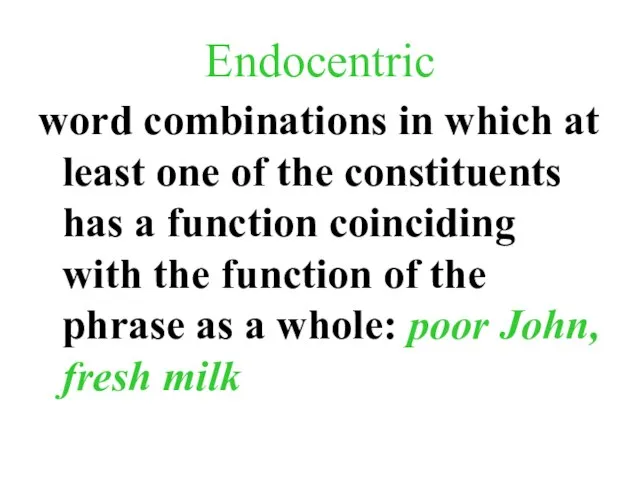
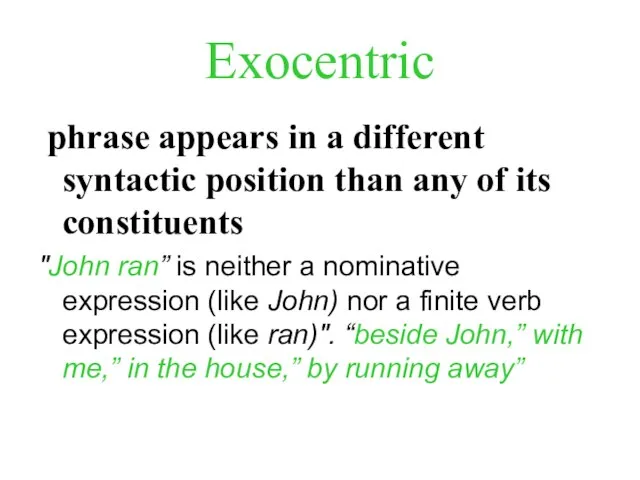
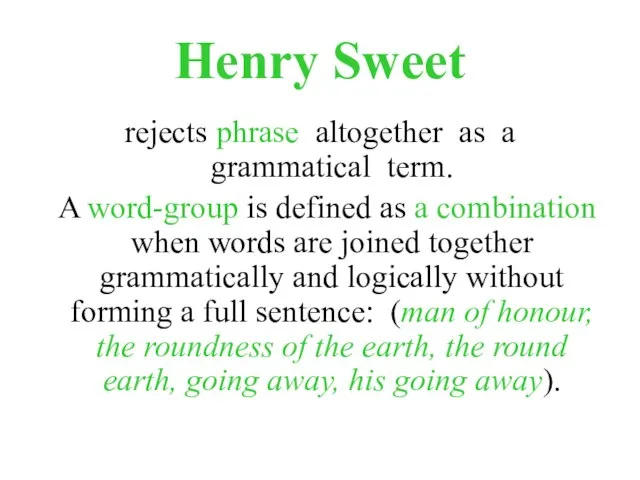

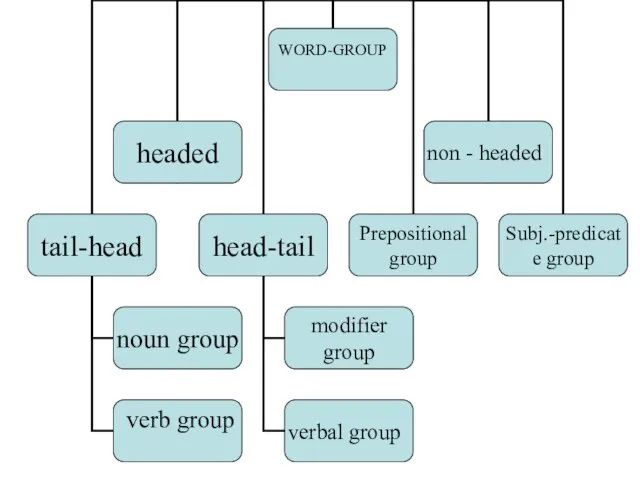
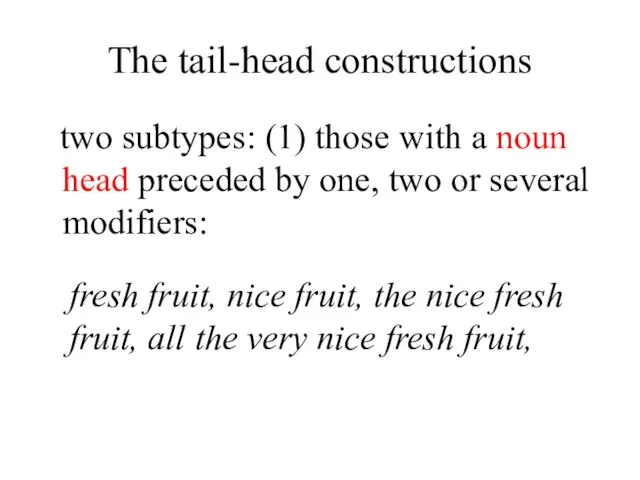
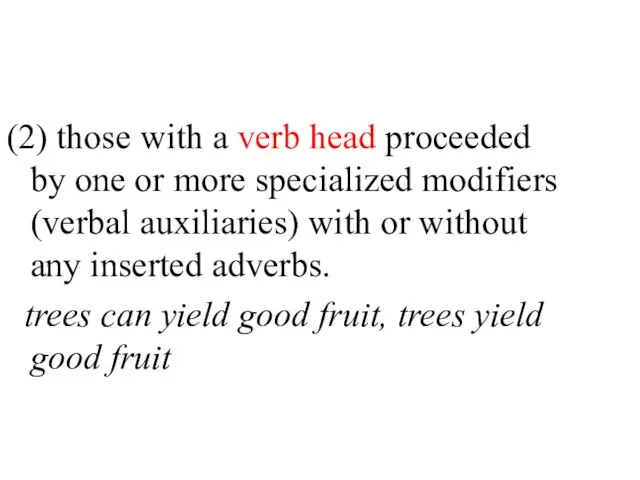
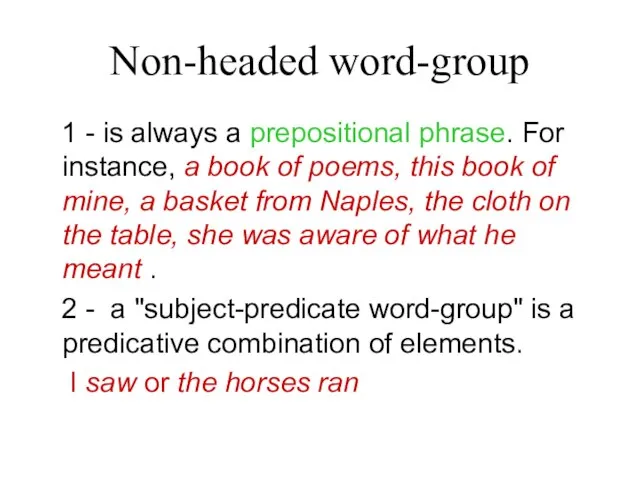
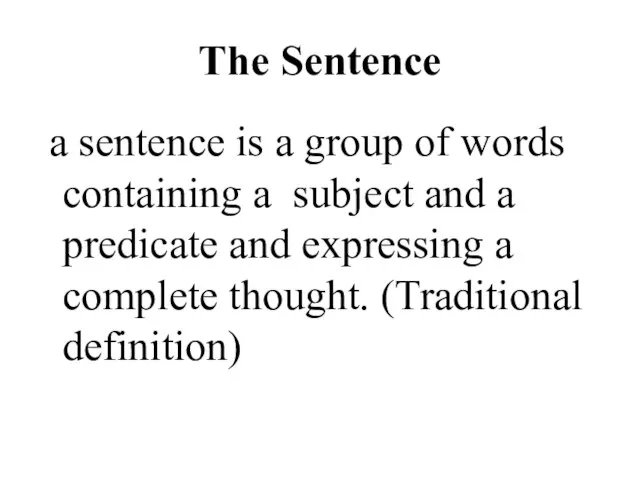
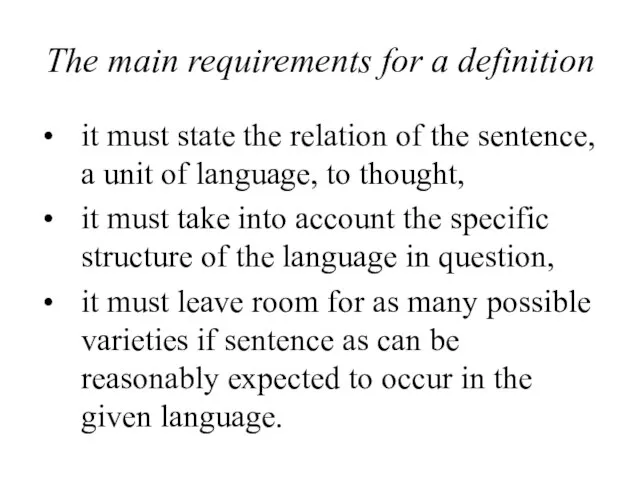
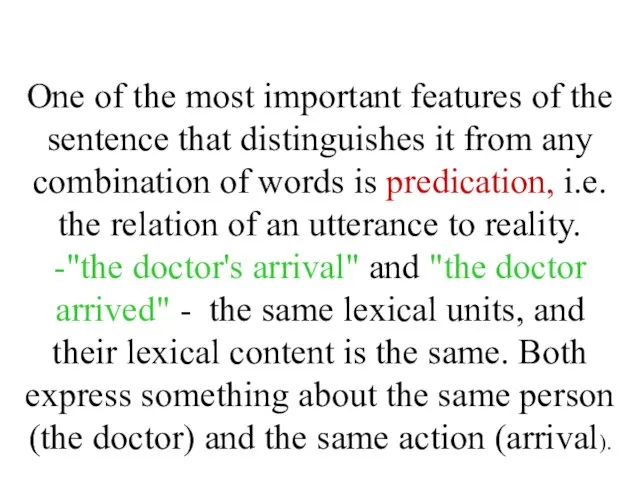
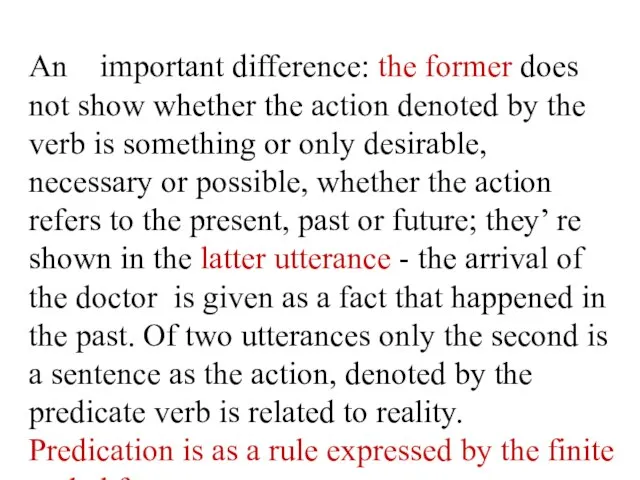
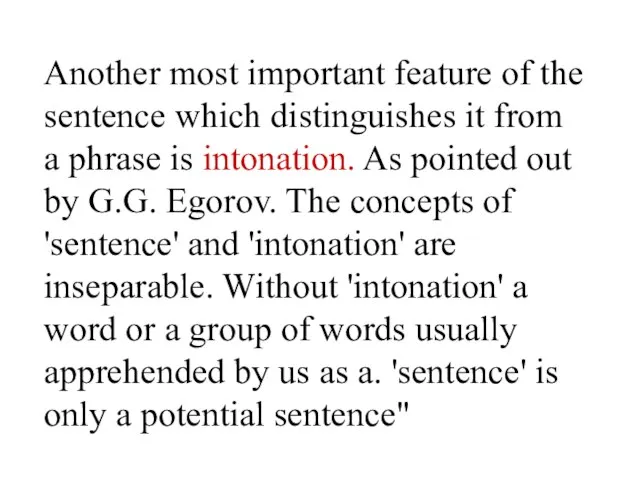



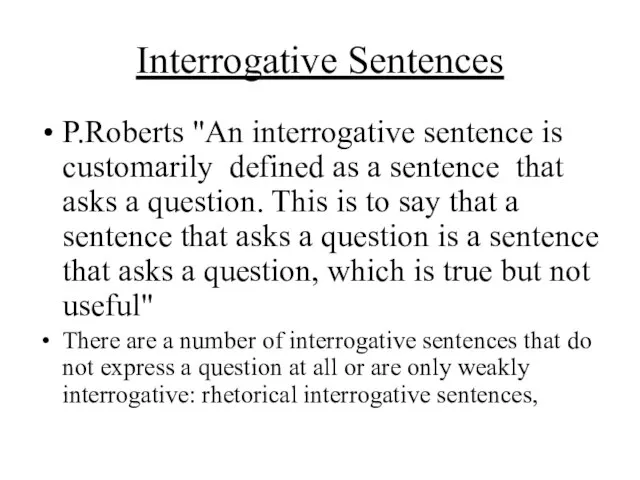
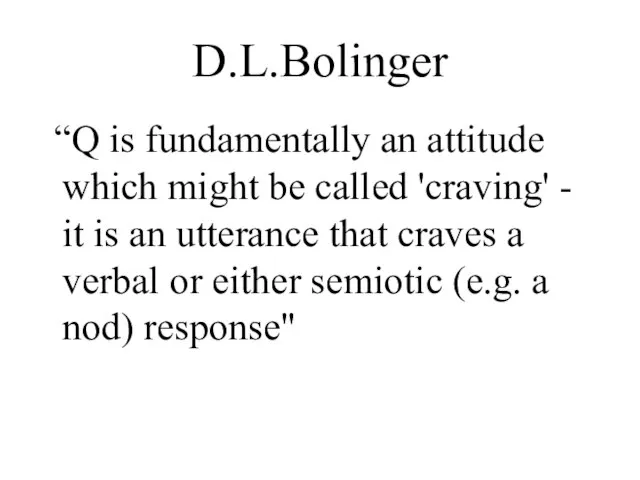
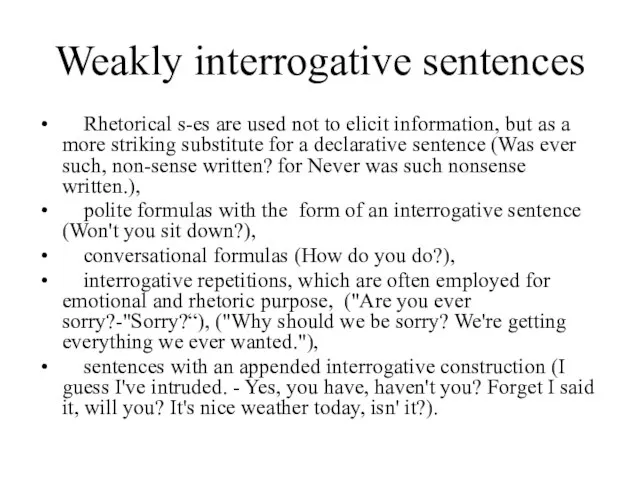
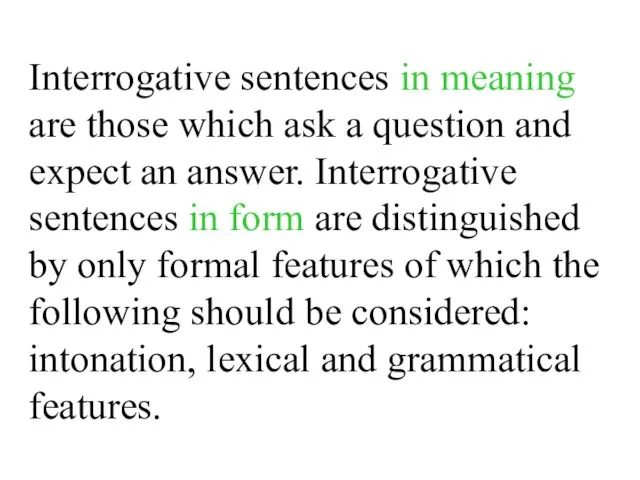
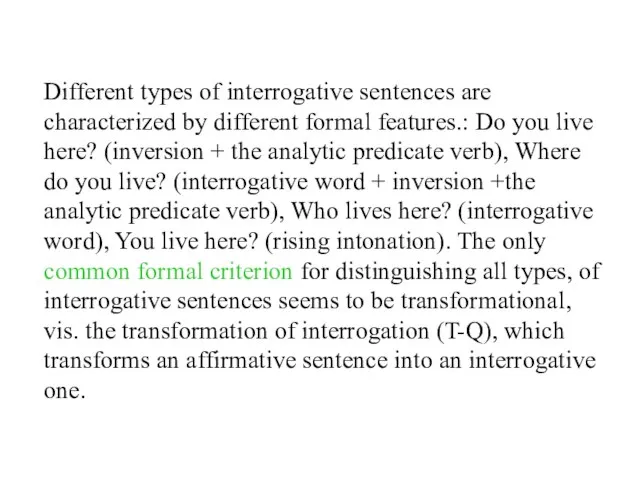
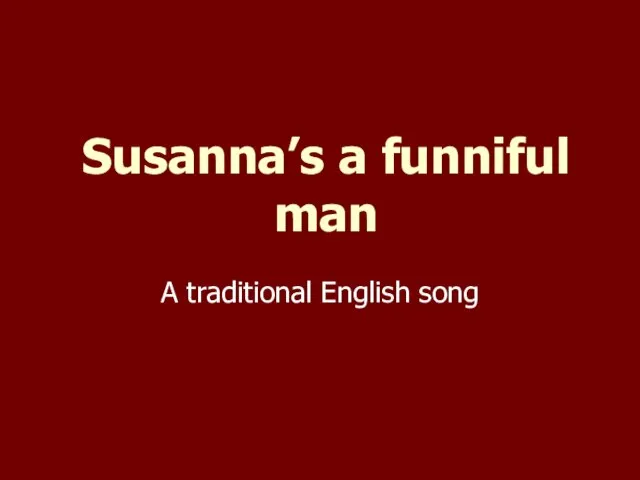 Susanna’s a funniful man
Susanna’s a funniful man  КАК ЗАРАБОТАТЬ ЕЩЕ БОЛЬШЕ ???
КАК ЗАРАБОТАТЬ ЕЩЕ БОЛЬШЕ ??? Рисуем море
Рисуем море У КРАСИВОЙ ПРОСТОЙ ЖИЗНИ МОЖЕТ БЫТЬ ТОЛЬКО ОДИН СУДЬЯ
У КРАСИВОЙ ПРОСТОЙ ЖИЗНИ МОЖЕТ БЫТЬ ТОЛЬКО ОДИН СУДЬЯ Редкие и исчезающие виды растений и животных Краснодарского края
Редкие и исчезающие виды растений и животных Краснодарского края Прибыльность покупателей
Прибыльность покупателей Разберёмся с «Атмосферным давлением»
Разберёмся с «Атмосферным давлением» Внешняя среда
Внешняя среда Презентация на тему Метр (2 класс)
Презентация на тему Метр (2 класс)  Презентация на тему Внедрение здоровьесберегающих технологий
Презентация на тему Внедрение здоровьесберегающих технологий Основы религиозных культур и светской этики
Основы религиозных культур и светской этики Процессы с участием кластеров.
Процессы с участием кластеров. Презентация на тему «Любовная лирика Ф. Тютчева. Подготовила учитель русского языка и литературы МОУ СОШ №2 Лыженкова О. Д.
Презентация на тему «Любовная лирика Ф. Тютчева. Подготовила учитель русского языка и литературы МОУ СОШ №2 Лыженкова О. Д. Легенды о садовых цветах
Легенды о садовых цветах Инфекции — Туляремия
Инфекции — Туляремия 6-й Евразийский форум«Международные проблемы информационного взаимодействия и информационной безопасности»(Инфофорум-Евразия)
6-й Евразийский форум«Международные проблемы информационного взаимодействия и информационной безопасности»(Инфофорум-Евразия) Тема: Жизнь и творчество А.В.Ширинкина Автор: Фролов Сергей 8В класс Руководитель: Менлышева Е.А. Учитель истории Оханск 2008 год
Тема: Жизнь и творчество А.В.Ширинкина Автор: Фролов Сергей 8В класс Руководитель: Менлышева Е.А. Учитель истории Оханск 2008 год Название - «Николай Смоляков… «Человек с пылающей душой» Автор: Егоров Алексей, учащийся 9 «В» класса МОУ СОШ №2 г.о.
Название - «Николай Смоляков… «Человек с пылающей душой» Автор: Егоров Алексей, учащийся 9 «В» класса МОУ СОШ №2 г.о. АТИЛЕКТ.CMS
АТИЛЕКТ.CMS Иск о признании
Иск о признании Математические методы исследования процесса физического развития учащихся
Математические методы исследования процесса физического развития учащихся Культура и традиции народов, проживающих на территории Рязанского княжества
Культура и традиции народов, проживающих на территории Рязанского княжества Презентация на тему Влияние солнечной активности на процессы, происходящие на Земле
Презентация на тему Влияние солнечной активности на процессы, происходящие на Земле  Причуды паразитизма
Причуды паразитизма Информационные технологии в музее приносят доход?!
Информационные технологии в музее приносят доход?! Физика в живой природе
Физика в живой природе Философия науки
Философия науки Когда сети становятся умными Клаес Ритофт Старший вице-президент АББ
Когда сети становятся умными Клаес Ритофт Старший вице-президент АББ